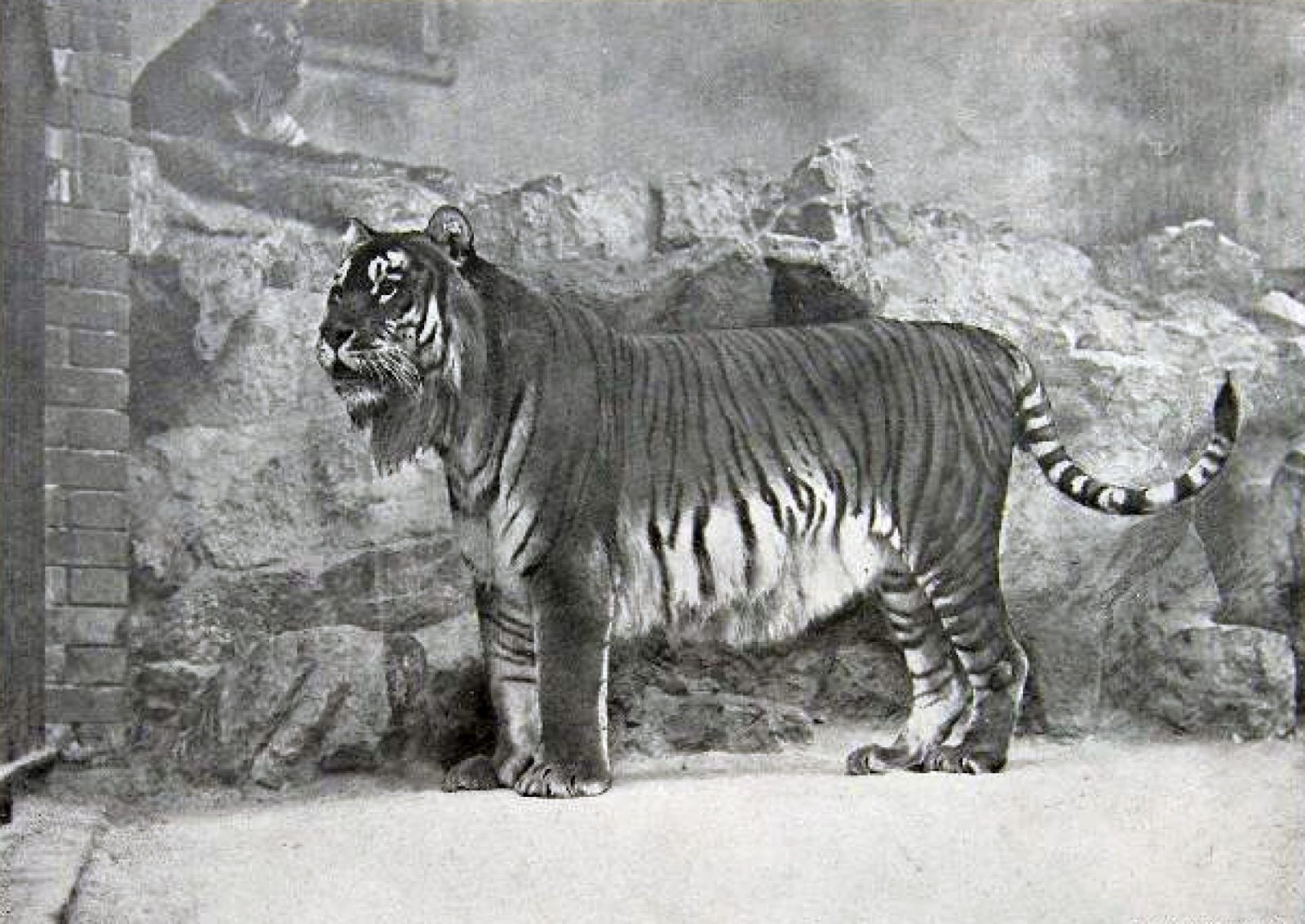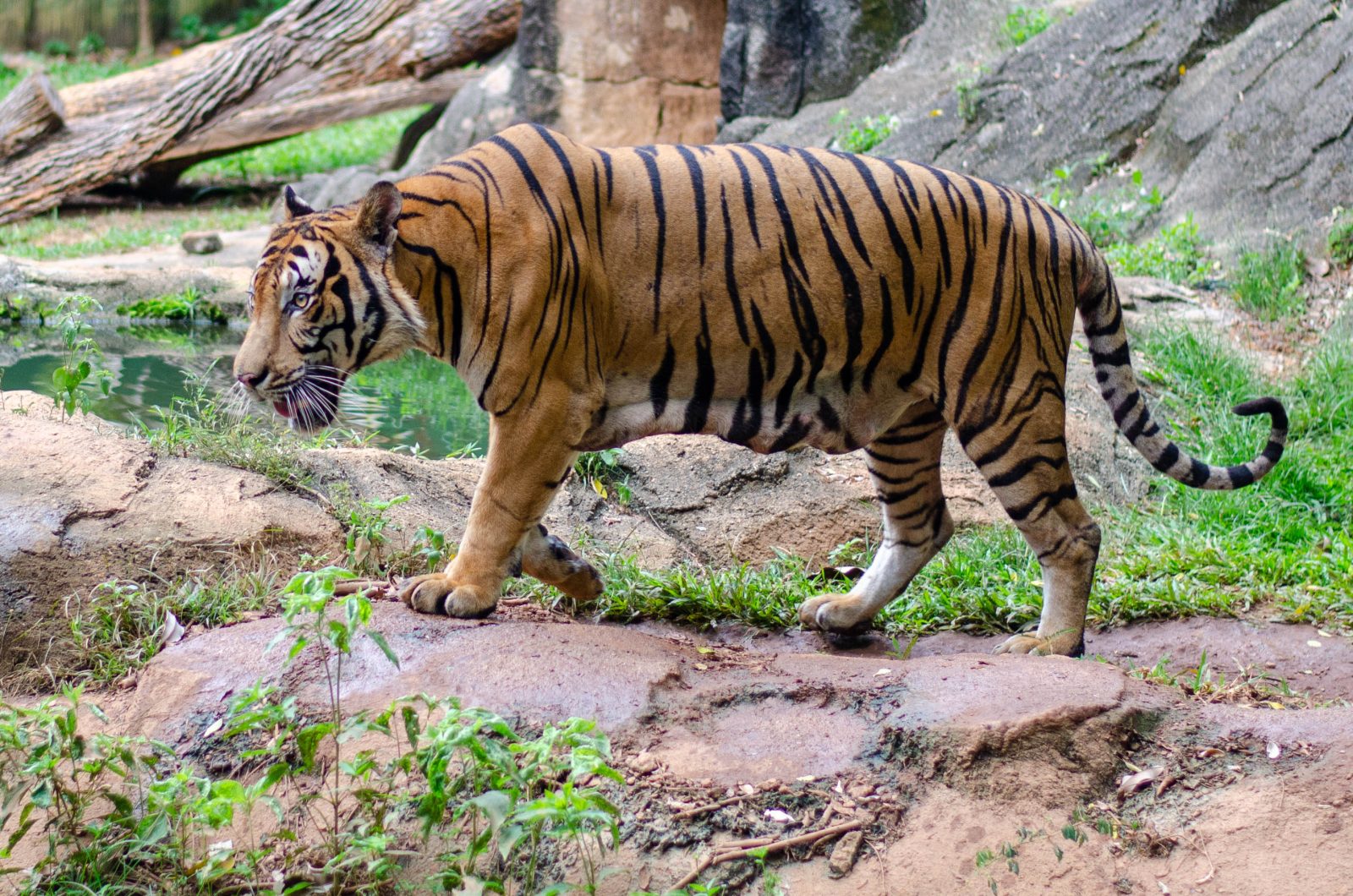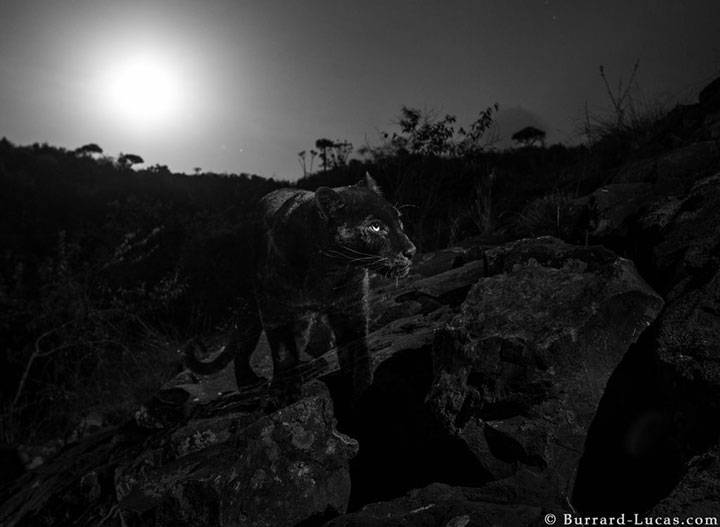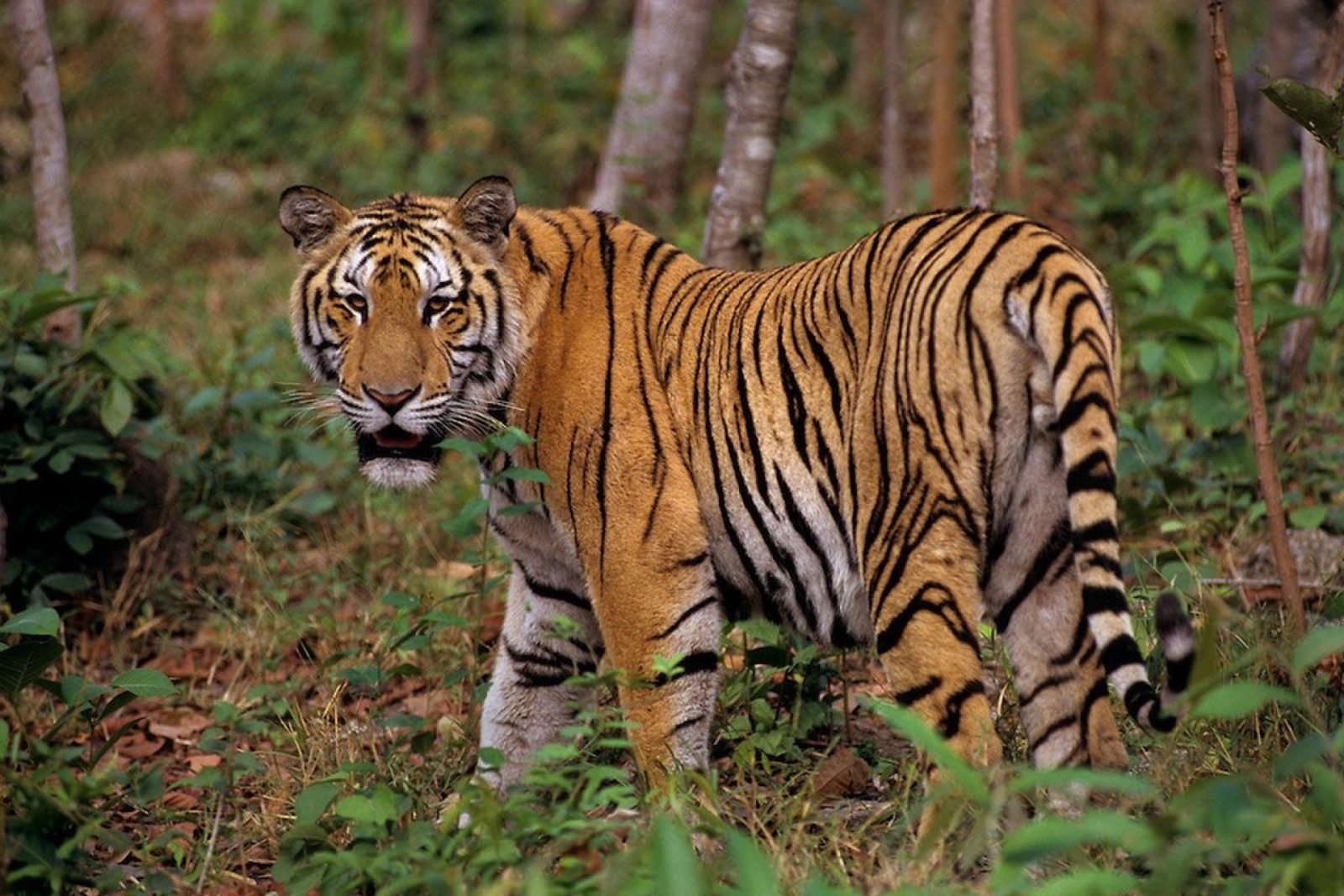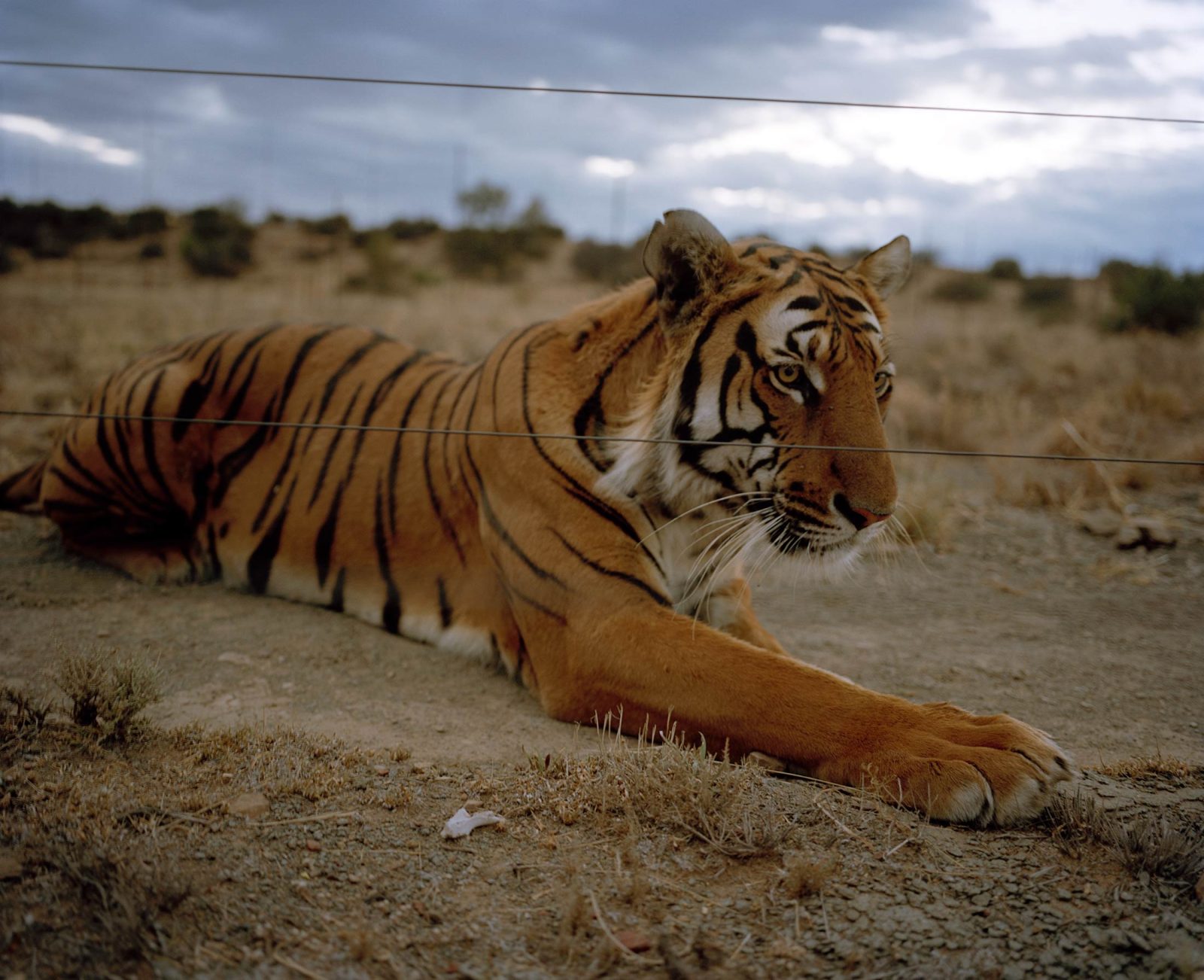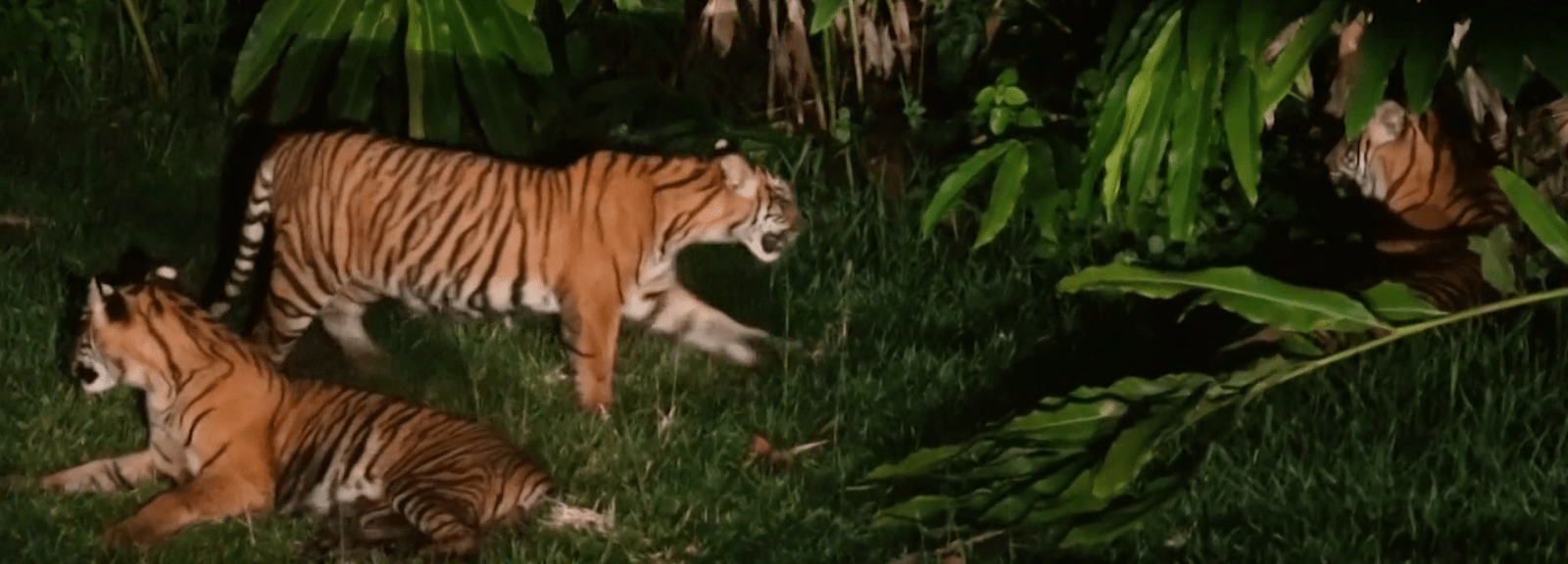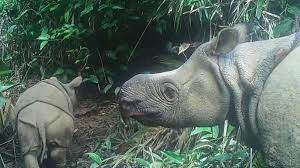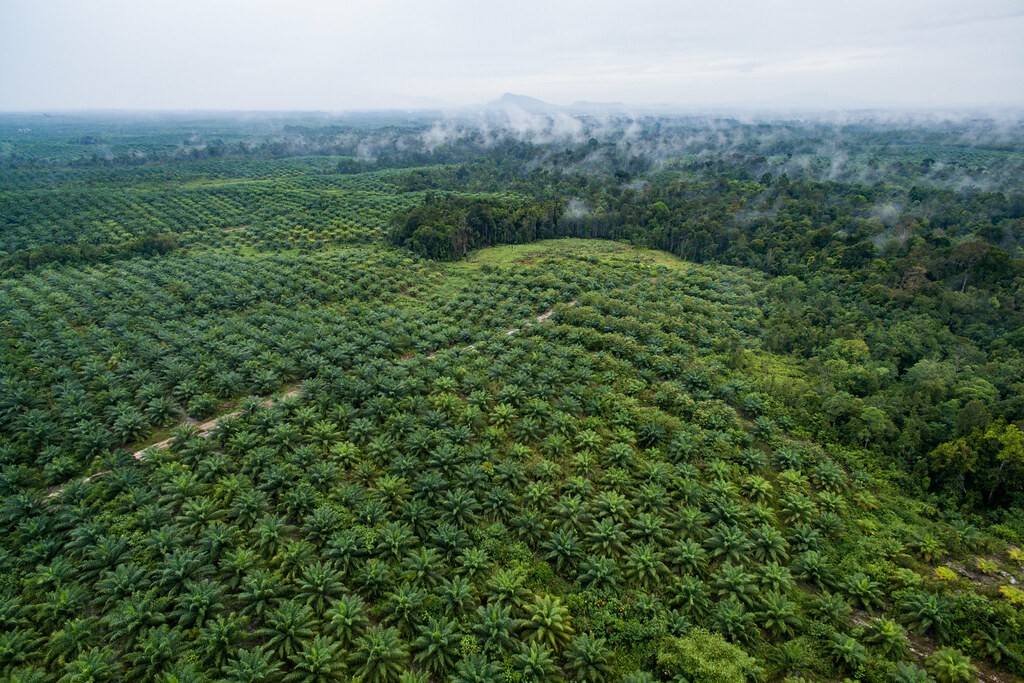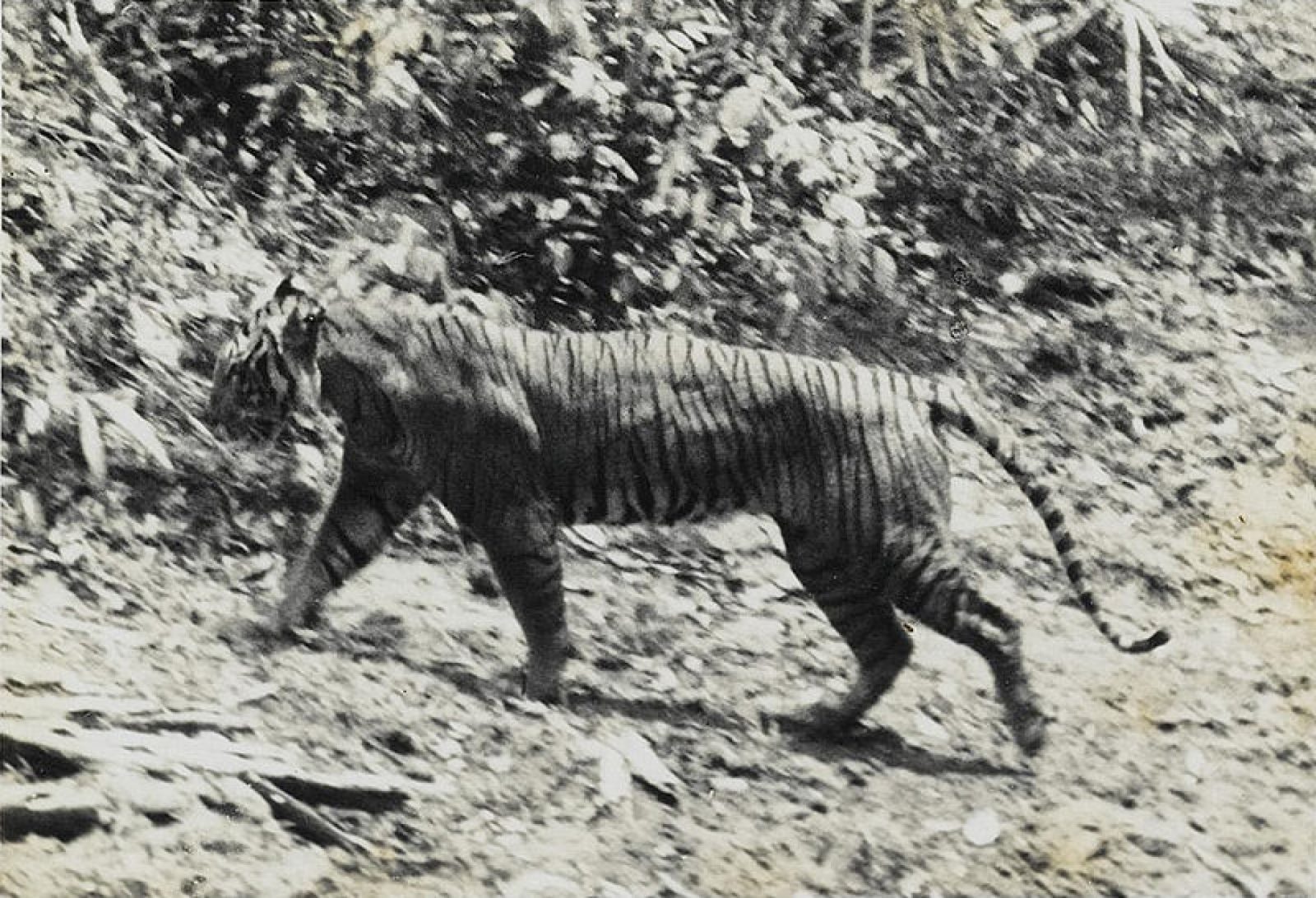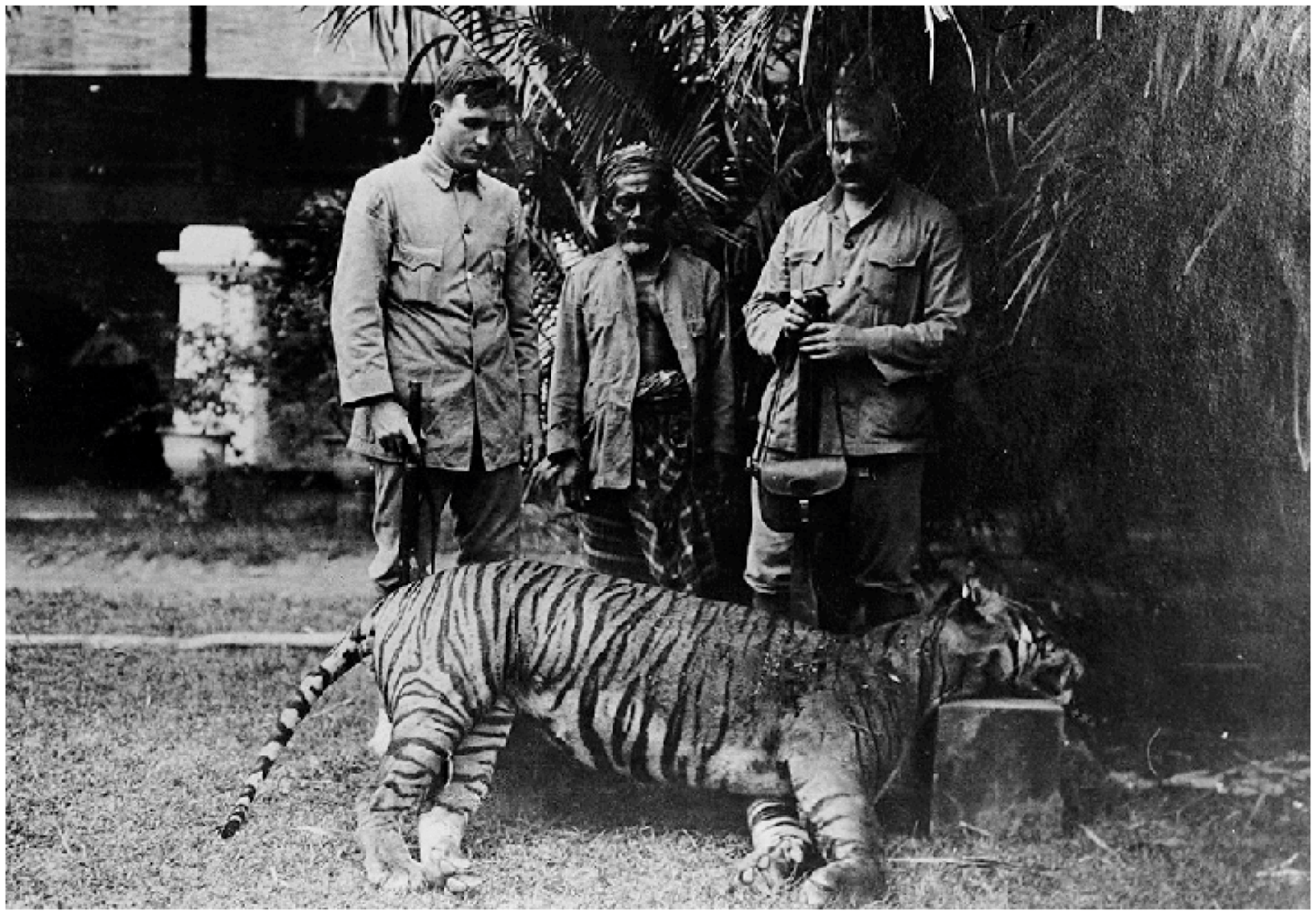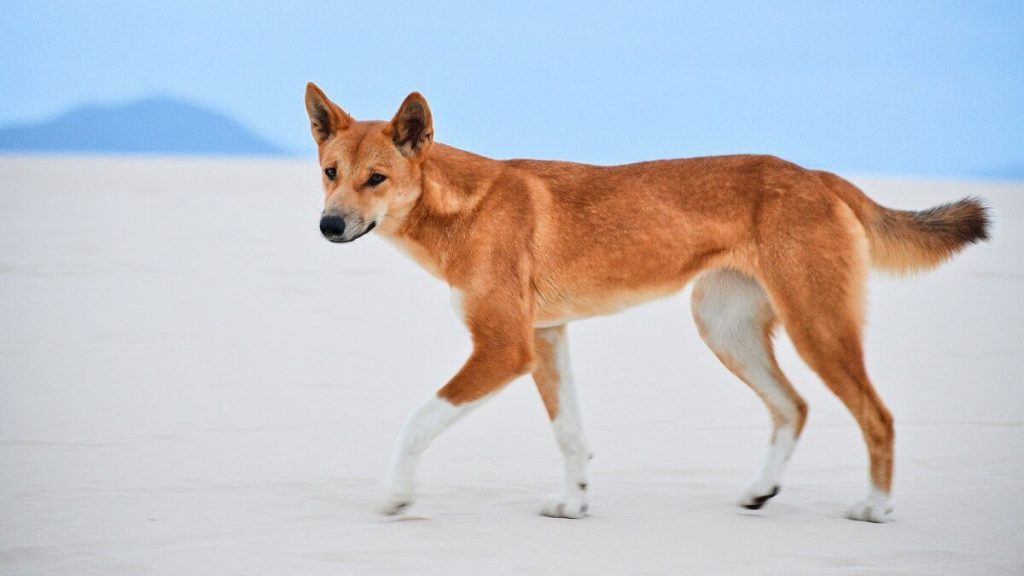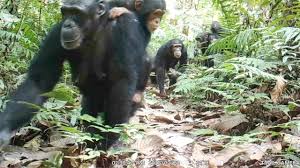
African wild dog
Whether there were originally multiple African wild dog subspecies, these have not been retained. There were once 500,000 wild dogs roaming Africa. There are currently just 6600, spread across Africa, though many of the populations are unlikely to be genetically healthy long-term. These are divided into 39 populations.
Some famous or interesting populations are:
The Kruger wild dog population swings between extremes. In 2007 there were about 350 within the Limpopo transfrontier park. in 2022 there are thought to be about 800 wild dogs in the same area.
The Serengeti wild dog population disappeared during 1995 – wild dogs are highly sociable animals, so illness can wipe out populations. Wild dogs appear to have help on and there are thought to be about 120 at the moment. Inoculation of the domestic dog population surrounding the park will hopefully stop this happening again, and the population will grow back to the former highs -where packs 100 strong could be seen chasing the Wildebeest migration across the plains.
The largest single population lives in the Selous reserve (much of this reserve is now classed as the Nyerere national park) with a population of perhaps as many as 1000.
There are thought to be about 700 wild dogs in northern Botswana.
There are small populations all over Africa, such as 100 in Chad, but whether these survive long-term is another question. The map below shows the huge number of small populations all over Africa. The total african wild dog population is thought to be around 6600, with 700 packs. However, these numbers tend to highlight the problem with this species. Given that there are 39

There are 5 subspecies that have been recognized:
Cape wild dogs:
This is the only subspecies that appears to be doing relatively well with around 4000 animals left (though it underestimate the current population of the Kruger – while in the past it has been as low as 350, the current population is at its peak of around 850. Significant wild dog populations in this subspecies include the Kruger, while the KAZA transfrontier park is likely to be another. (Botswana is thought to host around 1300 wild dogs within its boundary, with most of the other countries in the region having at least 500 somewhere in the country).
The West African wild dog: This used to be widespread from western to central Africa, from Senegal to Nigeria. Now only two subpopulations survive: one in the Niokolo-Koba National Park of Senegal and the other in the W National Park of Benin, Burkina Faso and Niger. It is estimated that 70 adult individuals are left in the wild – split pretty evenly split between these two population.
East African wild dog: The east African wild dog has a number of good population – Selous has around 800-1000, while the Laikipia region of Kenya is thought to host around 300 of this rare animal
Somali wild dog: The Somali wild dog is thought to be extinct in Somali, though some are thought to survive in Ethiopia. Bale Mountains national park is known for Ethiopian wolves, but it is thought that 1 pack of around 30 Somali wild dog also live here (though they live in the dense Harenna forest, so perhaps they never meet. There are likely, some other wild dog in the country, but it is unlikely that the whole population excedes more than 100.
Chadian wild dog: The only part of this population that lives on protected land, are found within the Manovo-Gounda St. Floris National Park in the Central African republic.
These are recognized based on differences in the animal, not physical position.
Wild doginformation by country
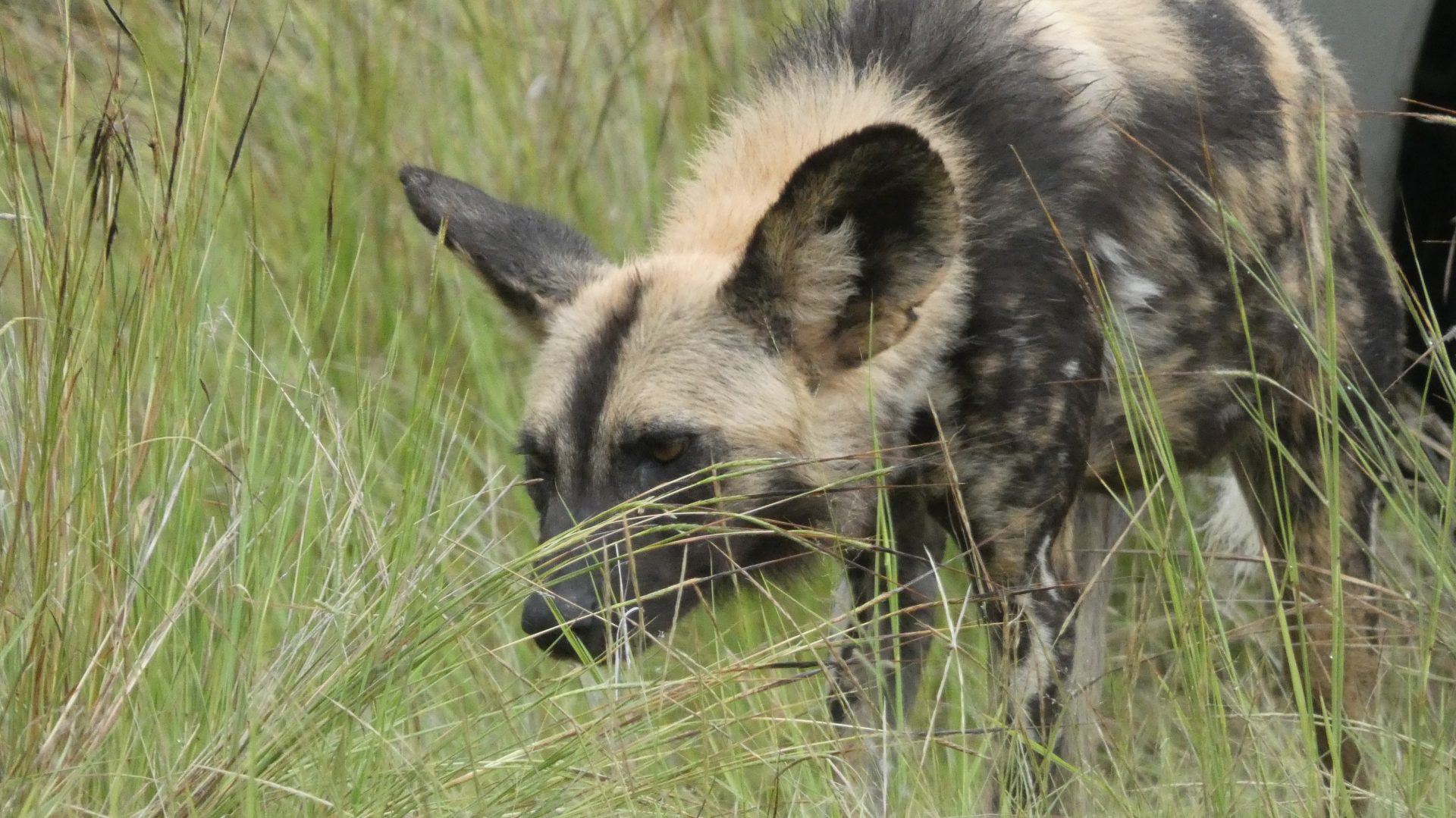
South Africa has one large population of African wild dog, which lives in the Kruger national park. The park is a large area, and therefore is large enough to support a significant wild dog population. In the Kruger, the number of wild dog tend to vary wildly. In 2007, when I trained in the Kruger, there were roughly 350 wild dog in the park. However, when we returned in 2022, there were 850 (currently the number is nearer to this 850).
There are also African wild dog in the Kalagadi transfrontier park, of which some is in South Africa.
In terms of places to see, click here to view all our destinations in the Limpopo transfrontier park
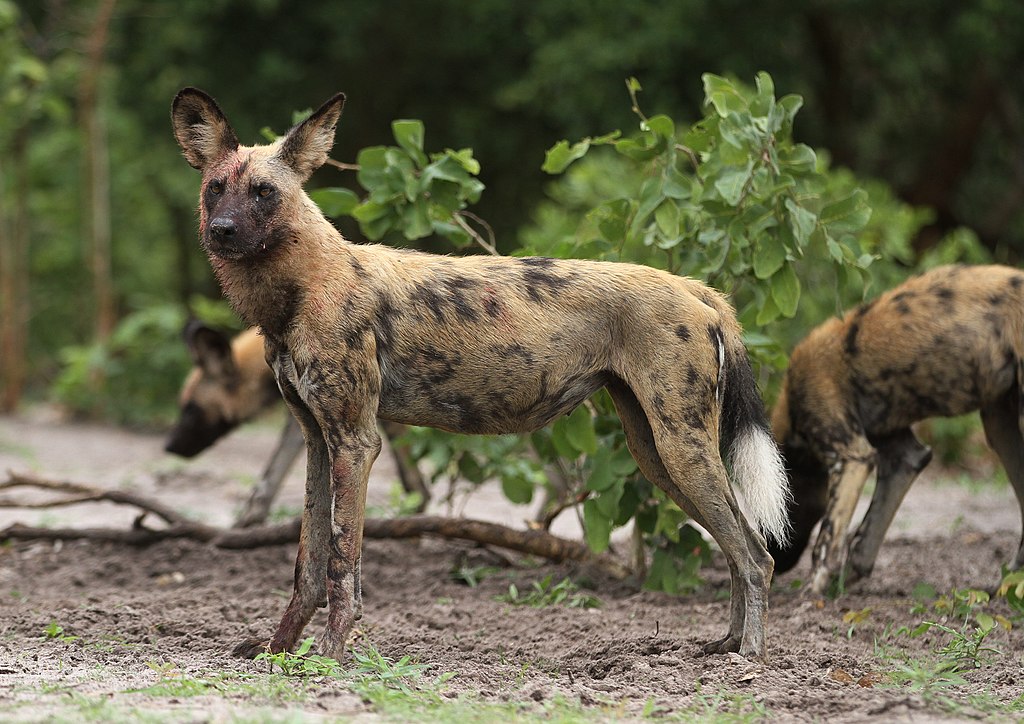
Botswana has an estimated 700 wild dog living within the country. One of the main parts of Botswana where wild dog are found is
- the Botswanan section of the Kalahari Zambezi transfrontier park. In particular, they are found within the Okavango Delt and within the Chobe national park. Also well known in Moremi reserve, and other reserves in the area
- Kalahari transfrontier park, in the central Kalahari game reserve.
While this does not sound like a long list, these areas are huge. This is a huge population of the wild dog.
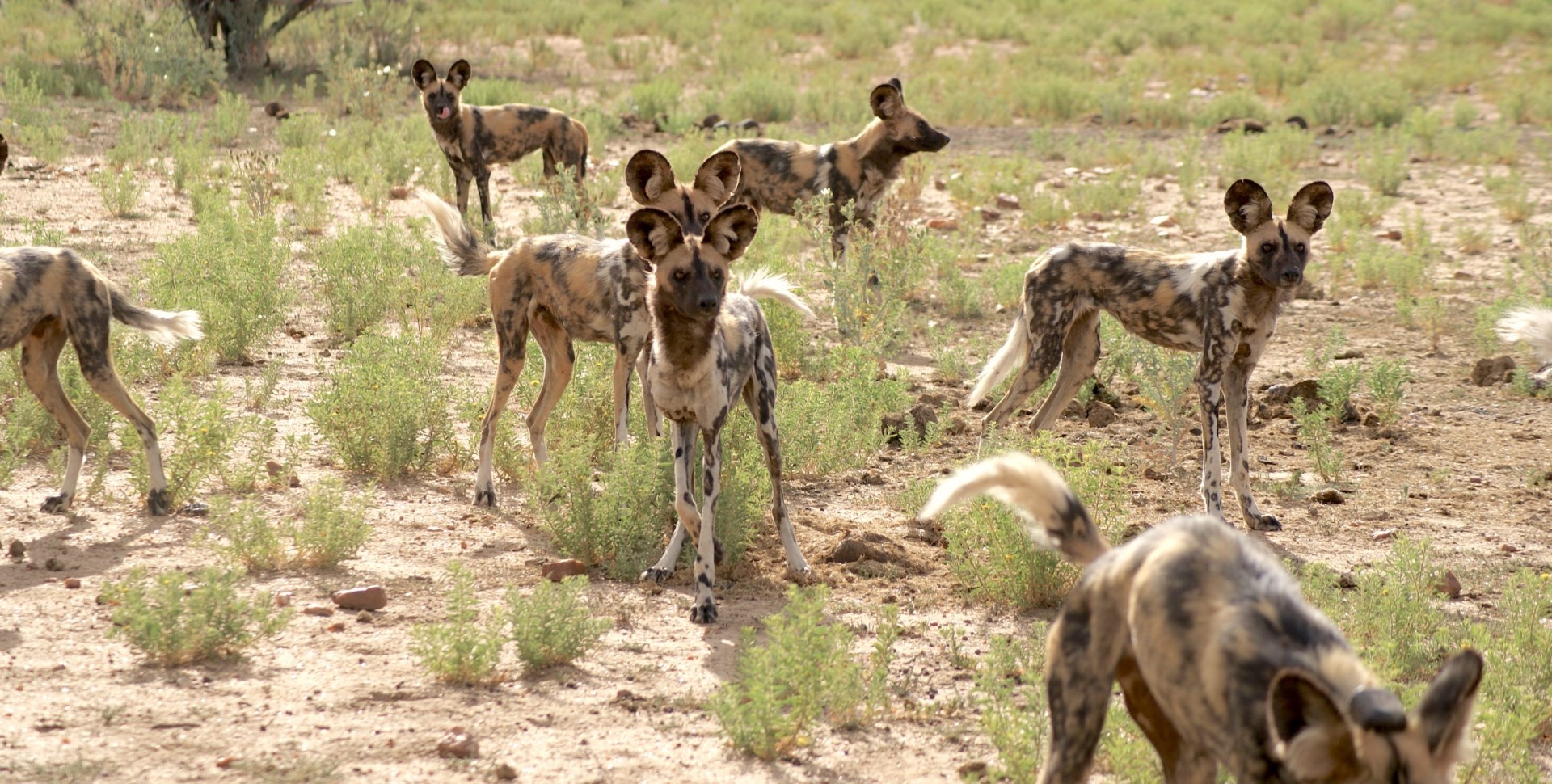
Namibia has a population of just 200-300 wild dog (as always, I hope to add these destinations to our site in the near future)
- National parks: Khaudum, Bwabwata, Mudumu, and Nkasa Rupara
- Caprivi Strip: Wild dogs are sometimes seen in this area
- N/a’an ku sê Foundation: A short trip from Windhoek where you can see wild dogs
- Africat: Located in the Okonjima private game reserve, about 2.5 hours from Windhoek
While it should be noted, that the wild dog population of Namibia is small compared to other species, it is not tiny. Likely reasons for this lower number include:
Threats include hunting (usually by farmers) which tends to take place during the breeding period. Other problems are that human activities are taking up more and more space and leaving less, which as wild dog need so much space, they are the first to be impacted by this; they are impacted by disease, which can easily wipe out a population like in 1995 when the Serengeti population vanished; In Namibia, they are required to regularly cross roads, and unfortunately as a result a significant number get hit on the road; finally, they are small predators, and while more regularly successful than lions and others (they have a success rate over 70% compared to a lion which is only successful around 40%), lions leopards and hyena will all kill wild dog if they get the chance.
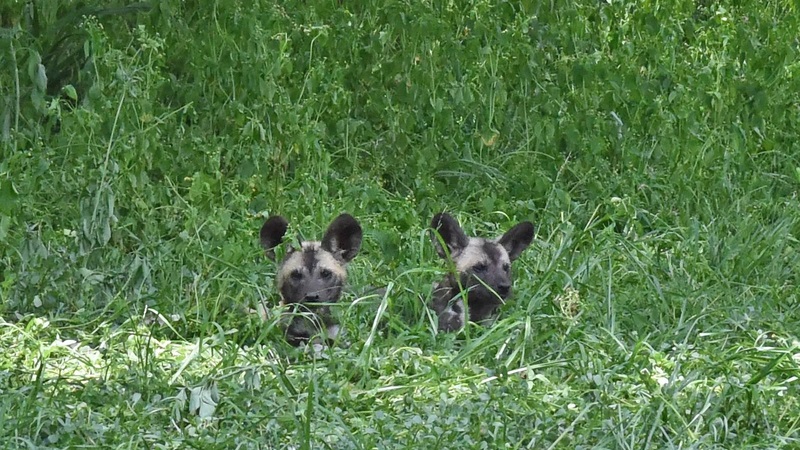
Malawi was missing the African wild dog for 20 years until 2021, when they were translocated from South Africa and Mozambique. 8 Were translocated, but they have now also had 9 pups..
They were translocated to Liwonde National Park and the Majete Wildlife Reserve, where provided they are not hit by illness, their number is likely to continue to climb. Time will tell how rapidly this population will grow to fill the space. We hope to add these locations in the near future.
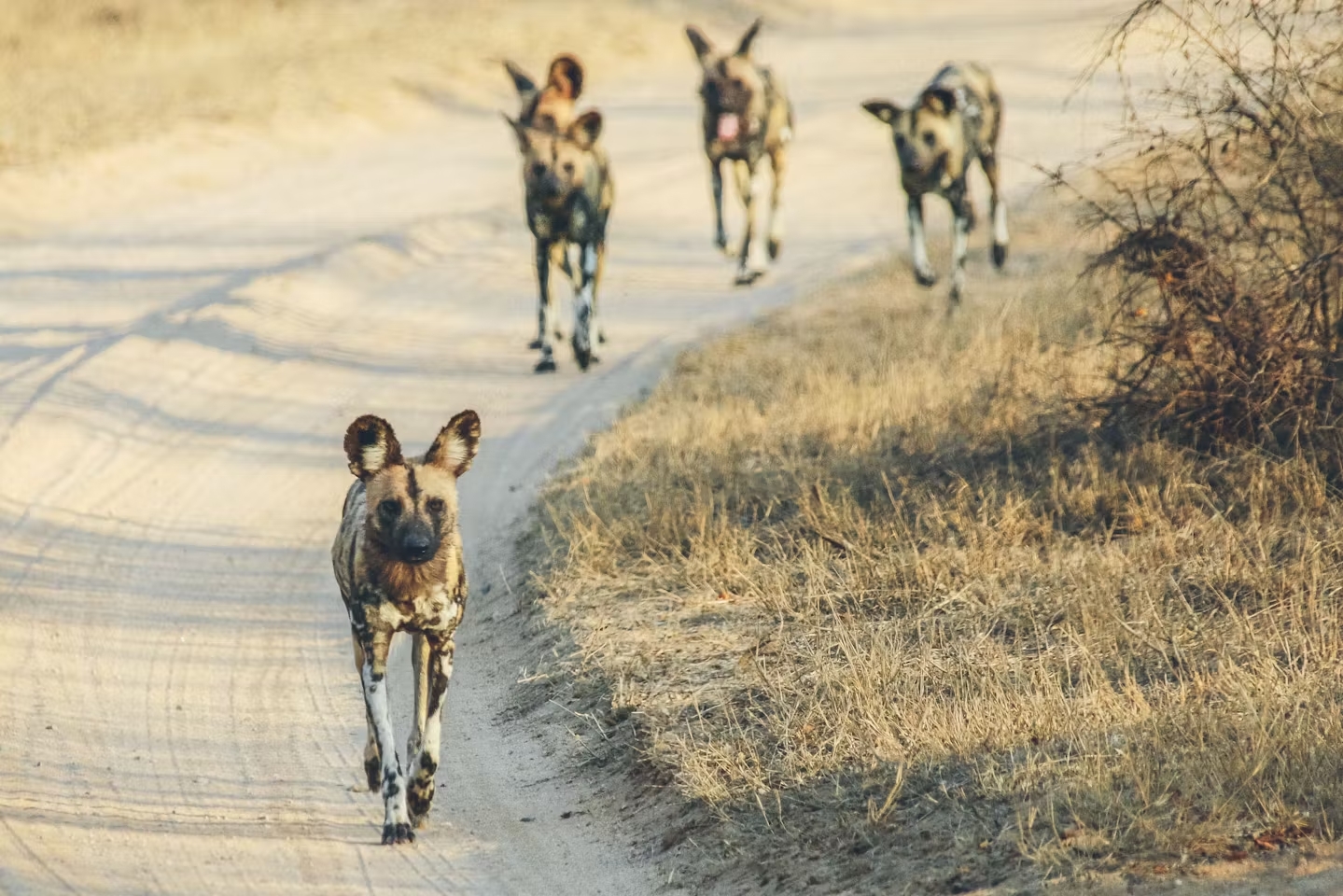
Mozambique has a wild dog population of roughly 600 individuals (roughly 10% of the remaining population of this species).
There are a number of significant populations within the country.
Niassa National Reserve – a reserve which is connected to the Selous ecosystem of Tanzania (which hosts over 1300 wild dog, and is the largest remaining population) by the Selous Niassa wildlife corridor, which is a strip which is between 160 and 180km long and covers an area of 8000 square kilometres (3088 square miles). This is an important area in its own right, with a variety of wildlife populations, including:
- Elephants: The corridor protects one of the world’s largest elephant ranges, with an estimated 85,000 elephants.
- Buffalo: The corridor is home to one of the continent’s largest buffalo herds.
- Wild dogs: The corridor is home to more than half of the continent’s remaining wild dog population.
- Other wildlife: The corridor is also home to giraffes, hippopotamuses, and ungulates.
The Selous-Niassa Wildlife Corridor connects the two reserves, creating a 120,000 sq km conservation area that includes the Selous Game Reserve and Mozambique’s Niassa Reserve along with the land within. It’s also known as Ushoroba in Swahili. This is essentially a transfrontier area, like the Limpopo or the KAZA but has existed for quite some time, and is one of the most important areas of conservation on the African continent. There are 300-350 wild dogs in Niassa and 1000-1500 in the NIassa – selous ecosystem as a whole – or as high as 25% of the continents wild dog.
Gorongosa National Park: Containing around 81 individuals, up from a founder population of 15 in 2018, which were taken from Hluhluwe/Umfolozi National Park.
Karingani national reserve: Has a population of 33 wild dog, from a founding population of 13 that was reintroduced in 2019 with 3 further males joining in 2020. What is clear, is that wild dog released into suitable habitat can increase their population at a rapid speed.
Limpopo national park: This park is thought to have 2 packs of wild dog, suggesting a count of 20-30. It should be noted, that this park is part of the Limpopo transfrontier park, and therefore if there is not a reason why wild dog struggle to survive in this park, more are likely to move there from the Kruger (where there is a population that certainly numbers over 400 and may be higher).
I should note, that the estimates for each individual reserve, add to a number around 100 short of the number for the country, and there do not appear to be more reserves to add. I will correct if I need in the future.
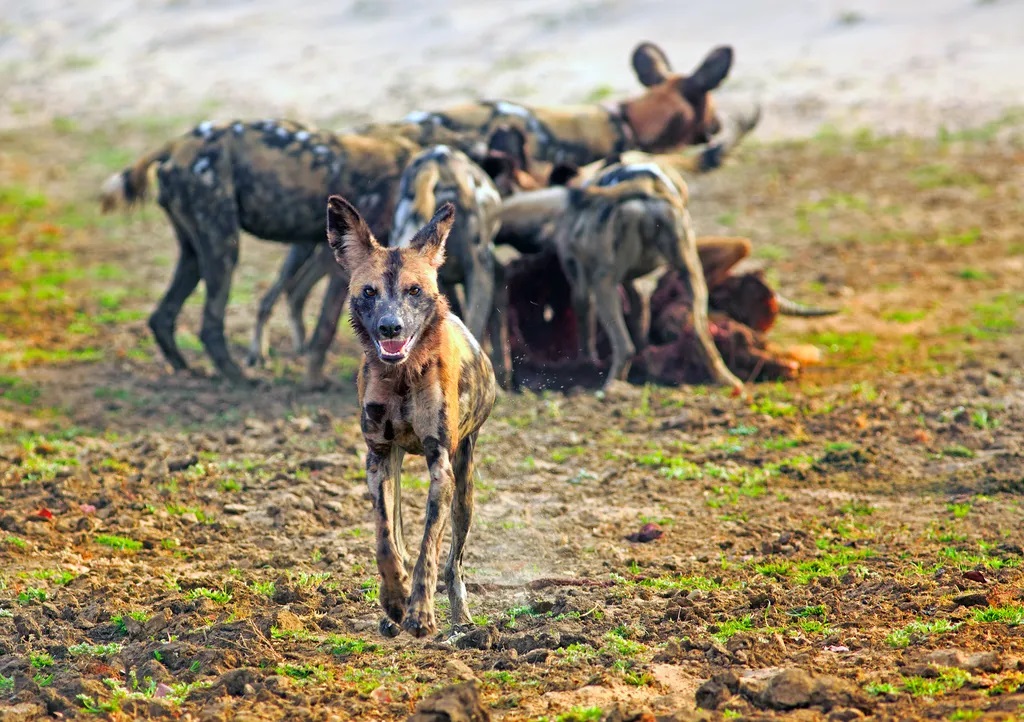
Zambia is considered one of the 6 countries with the most stable wild dog populations left. There are around 400 individuals in the country, split across 26 different packs.
They are found in:
- North Luangwa national park and South Luangwa national park which is thought to share a population of around 350 wild dog
- Lower Zambezi national park has a healthy wild dog population, though I have been unable to find a sensible number for the population. It is, however, known to have particularly large packs compared to many other national parks. This suggests that there would have to be quite a few – suggesting that if the Luangwa national parks have that many wild dog, there must be more within Zambia, as the Lower Zambezi will clearly have more than 50.
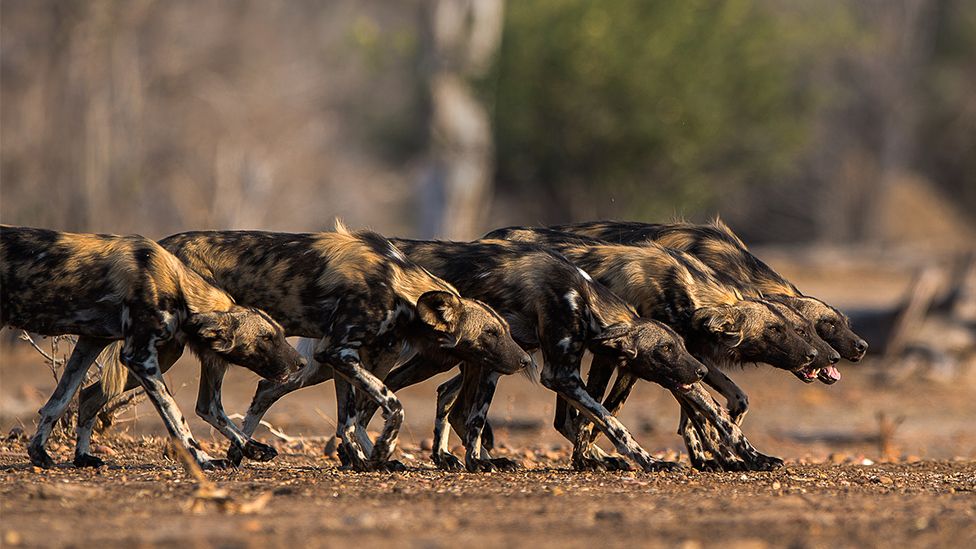
Zimbabwe currently has 660 wild dog, in 86 packs, which works out at around 7-8 per pack.
Hwange national park has a population of roughly 160 wild dogs, but this is part of the enormous KAZA transfrontier park, which means that it should be possible for further wild dog to migrate into this park from the many connected areas. This also means that even if Hwange national park cannot support more wild dog, it is possible for these wild dog to move around, allowing a free exchange of genetic material. We have 2 destinations within this area for you to visit, click here.
Mana Pools national park: here, wild dogs have been habituated to humans, allowing them to be followed on foot. However, the population is only thought to be 20 at the current time.
I hope to add the rest of this countries useful destinations in the future
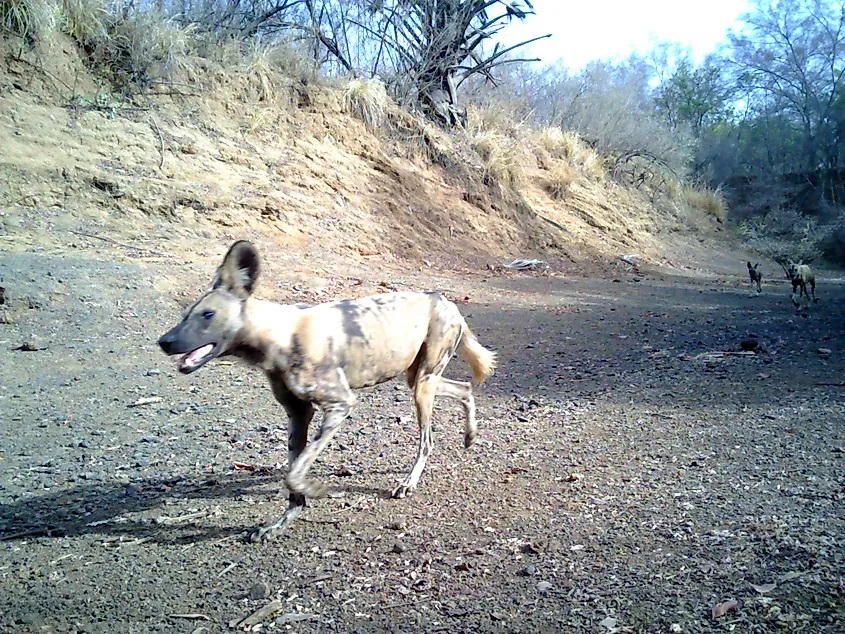
Senegal has around 50-100 west African wild dog, however, given their status as West African wild dog, this is a significant part of the population. They are found in the Niokolo-Koba National Park, which is a fascinating park as it also hosts
Elephants
Leopards
Chimpanzees
West African lions
Western giant elands
Servals
Caracals
African wild cats
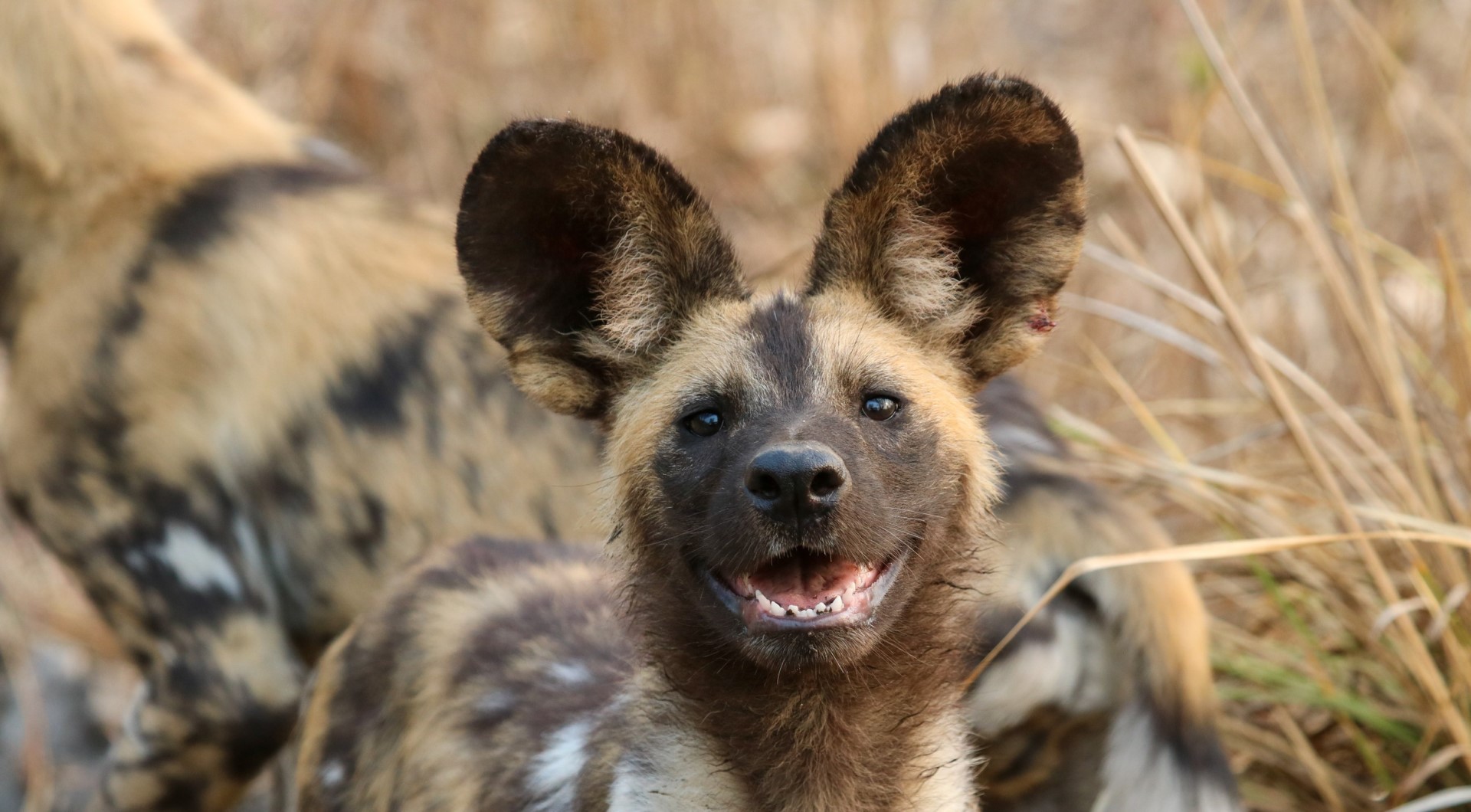
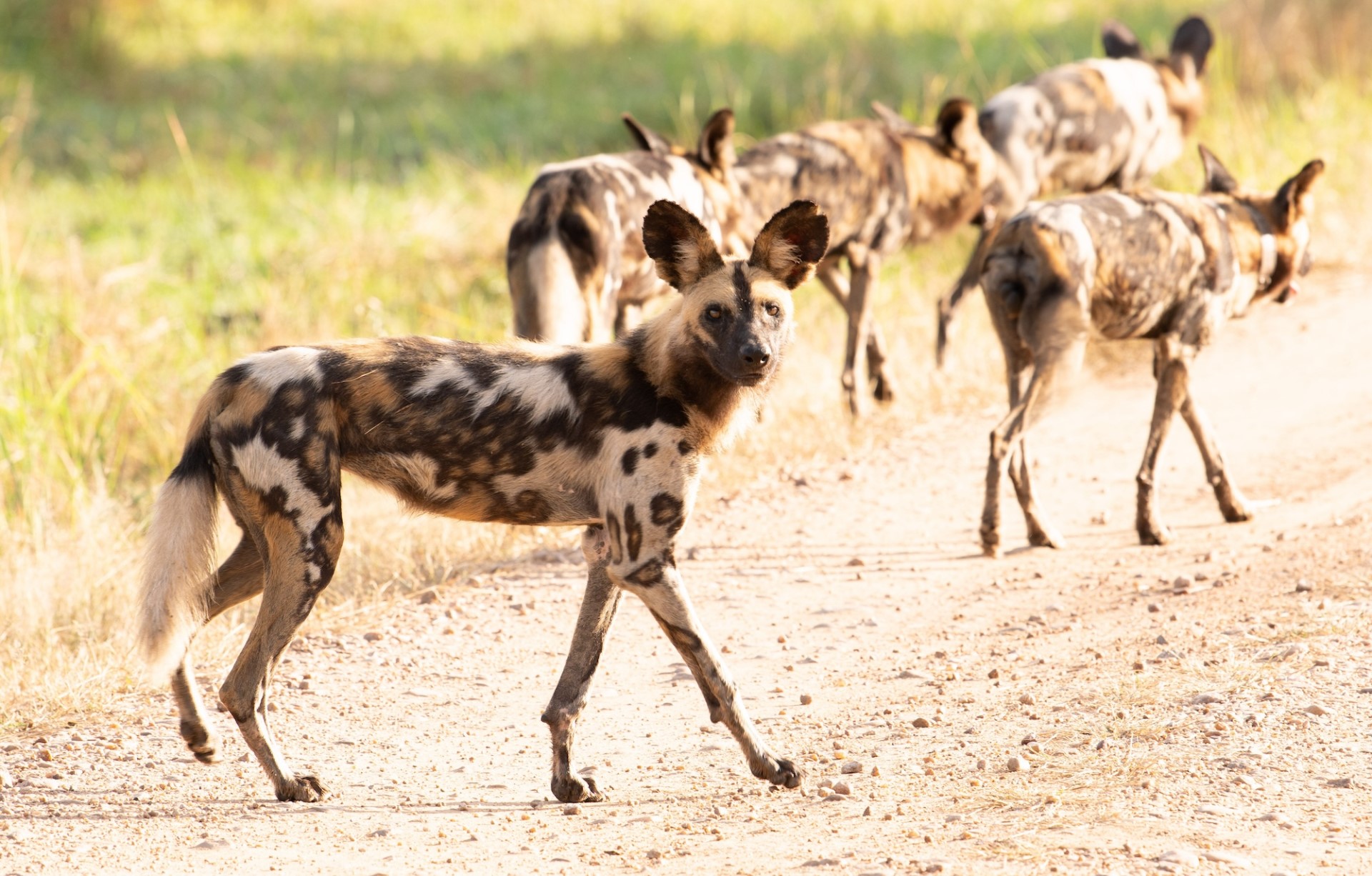
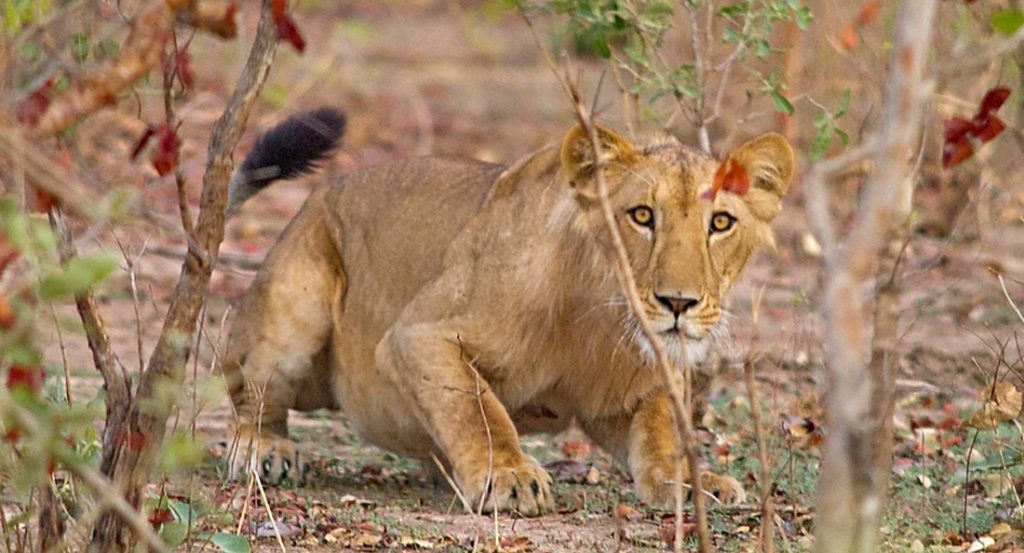
The population of Lions in Niger (150 or there abouts) is thought to be restricted to its section of the WAP complex, which is a transboundary area, including land in Benin and Burkina Faso and is perhaps the last good hope for the west African lion – around 80-90% of the western lion population live within this protected area. While the other countries have a separate national park, protecting an area of land, Niger only has part of a single park (W national park) which stretches across the borders of all 3 countries).
It is unclear how many lions live within this national park, though it is definitely greater than 8 as there is currently a study that is following 8. Given that W national park contains around 1 third of the land in the WAP complex, so it should hold around 150 lions within it.
Whether the land is currently capable of supporting this number is questionable. It should be noted that the WAP complex is roughly twice the size of the Kruger national park, suggesting that the entire area might be able to support around twice the lion population of the Kruger – this is roughly 3000 lions. Now, it is quite possible that this area is drier, and therefore has a lower carrying capacity, but this gives space for a large increase in the lions within the WAP complex. It should be noted, that this might well be an over estimated, as some of the WAP complex is hunting areas, and while they will not hunt many (if any) lions with in these, hunting prey will also reduce the number of lions that these areas can support. If this was accurate, one could expect a lion population of W national park in Niger, of around 2000. While we are a long way from this, it suggests that with better conservation, Niger could have a lion population that would give it the sixth largest population in Africa.
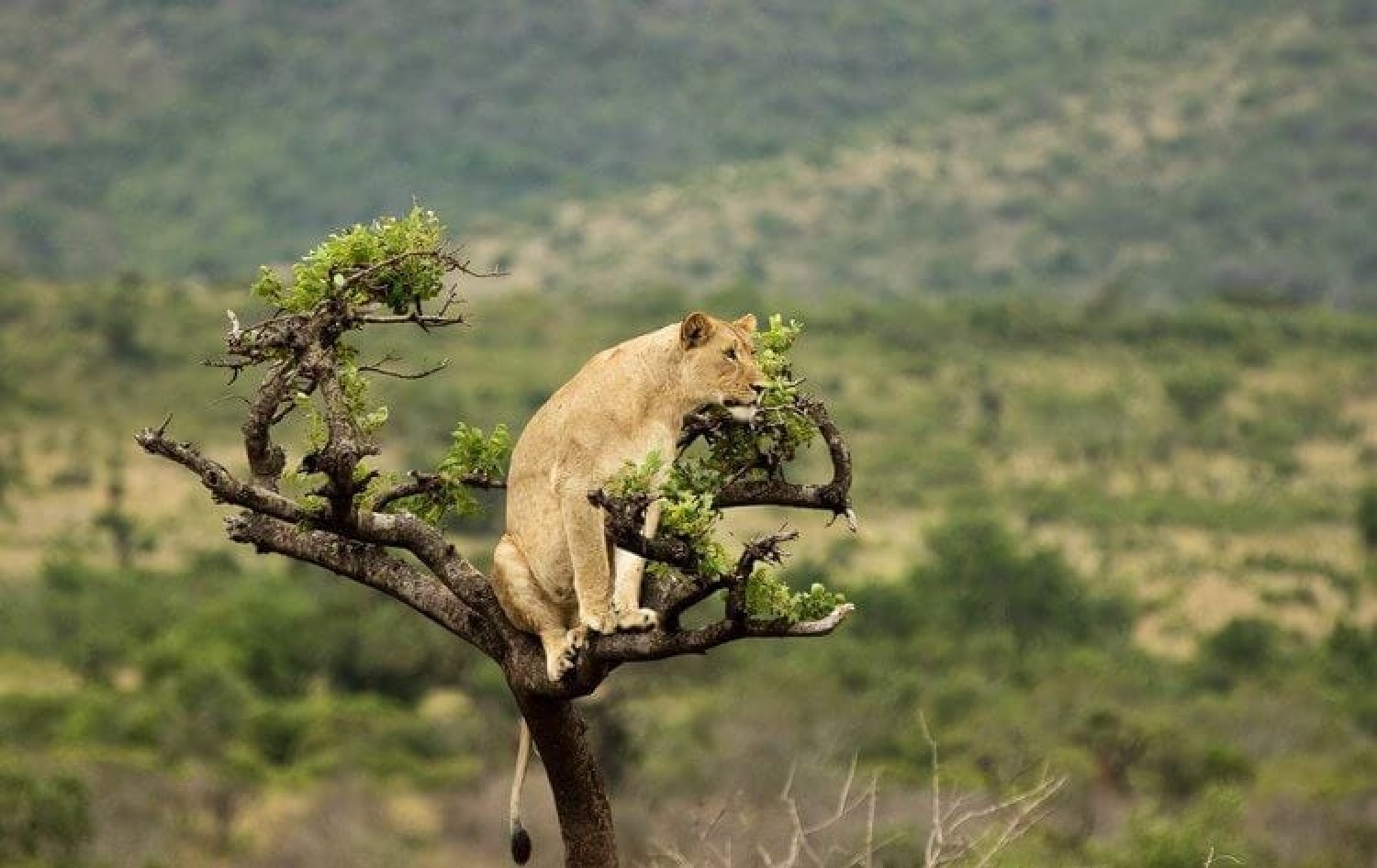
Only one reserve in Rwanda contain lions, and this is Akagera National Park, which in 1990 was known to have 250-300 lions. Unfortunately during the Genocide they were all killed, with a survey in 2002 not counting a single one. In 2015, 7 lions were moved to the reserve and in 2024 had a lion count of 78, This suggests that with this sort of recovery, the lion population could keep growing well, though time will tell if the local human population will allow this to occur.
So this countries current lion population is around 78 individuals. This can be good for Rwanda, as while it is a popular destination for forest safaris, being able to also offer savannah ecosystems will make it more popular, as someone could both trek with chimpanzee and gorilla and see lion in the same week.
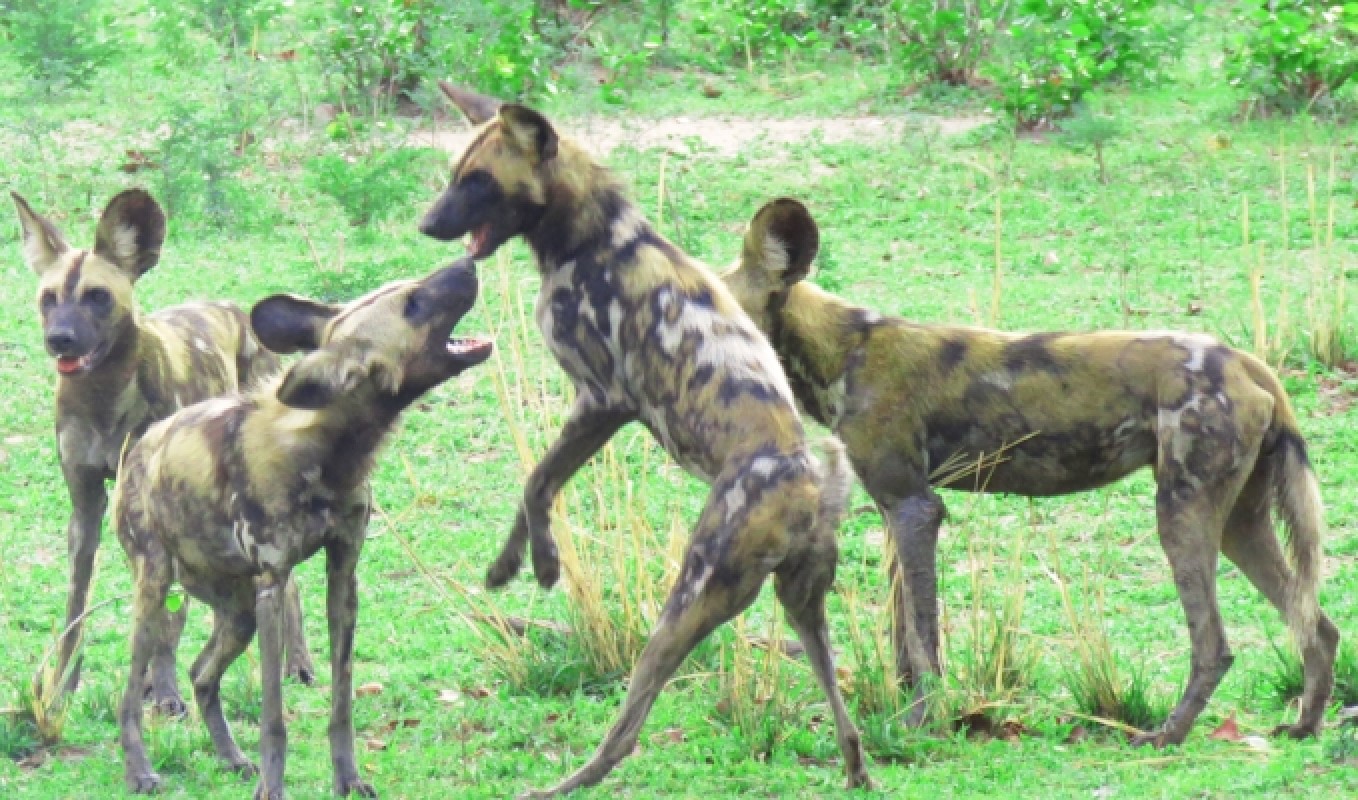
Tanzania hosts a large portion of the wild dogs that remain in Africa. These are all part of the East Africa wild dog subspecies
The Selous ecosystem is the undisputed king of areas for the wild dog, containing 1300 wild dog in this one area. Furthermore, in recent years, it has got easier to go to this area to see the wild dog. This is because the Selous has been split into the Nyeres national park (majority) and a small region of it still devoted to hunting. It should be noted, that this includes the Mikumi national park.
The Ruaha Katavi ecosystem hosts more than 500 wild dog.
The Serengeti losts its wild dog back in 1995, likely to canine distemper. However, it appears that small numbers of wild dog survived in the far east of this ecosystem, and these are now growing and reappearing in their former haunts. It is thought that around 120 wild dog are present in 10 packs.
These numbers are only relatively vague, but between them give Tanzania a total of roughly 2000 wild dog, which is almost 1/3 of the whole of the continents population.

In 2021, Kenya did a survey of its wild area, and estimates that there is 2589 lions (this is around 74 lions more than the list I have been using for most of these numbers)
So, where are the Kenyan lions?
The Massai Mara national park is found in Kenya. It has an estimated population of 850-900 (this is a lifetime dream location for many people interested in wildlife). Look up the Serengeti ecosystem, for links in this ecosystem. We hope to add far more over time.
Ambosseli national park hosts roughly 100 wild lions. It is a big 5 reserve, and even has cheetah and a few wild dog, making it an ecotourism big 7 reserve (something that many larger reserves cannot claim). This reserve is only 392 square km. The Tsavo Amboselli ecosystem is thought to have roughly 675, thought these numbers are estimates, and it is unclear how accurate they are. While this whole ecosystem is very large, parts like Tsavo West are not good for animals like lion, which means that their density is likely to be higher than these numbers would suggest.
Niarobi national park has roughly 35 lions. It should be noted, that the range of the lions is thought to be around 400 square km, which is almost 3 times the size of the park at 140 square km. This park is odd. Once opening to the open savannah, the suburbs have expanded, and now largely completely surround it. Never-the-less, there is few other places in Africa where you can see lions with skyscrappers in the background. This reserve has 4 of the big 5 (missing elephants)
Hells gate national park is tiny, at half the size of the Niarobi national park. It was a big 5 reserve in the 1950s, and there is a suggestion that there are still a handful of lions, but not more than this. It is one of quite a few national parks, split by relatively short distances of human settlement, but it might as well be the other side of the moon, for the abillity for most small animals to move between.
The Abadares mountains national park still has a few lions, though it is unclear how many. In 2000 100-200 lions were killed to help a local antelope on the verge of extinction to survive.
Lake nakuru national park has a small lion population. A 2018 survey counted just 16, even though earlier surveys had counted 60. I have personal history here, as this was the first African wilderness that I visited.
Meru national park has an estimated 76 wild lions. It covers 870 square km (340 square miles)
Mount Kenya National Park is 715 square kilometers (276 square miles) in size. Despite its relatively small size, it is a big 5 reserve, though leopard and rhino are both rarely seen.
Samburu Nature reserve has a population of 40-50 lions, alongside all of the big 5 (and both species of African rhino). Cheetah are found, and even wild dog.
Ruma National park has lions leopards and cheetah (though the lion and leopard are very hard to see) the last roan of Kenya survive in this national park, but only 19 or so are still there.
Kora national park is another ecotourism big 7 reserve. While the number of lion is hard to ascertain is the place where George Adamson worked in the 1970s. George Adamson, (husband of Joy Adamson – author of Born free along with many other books) his brother Terence, and Tony Fitzjohn worked together to rehabilitate lions and leopards in the park from 1971–1988. How easy it is too see wild lions is unclear, but well worth a visit.
Shimba hills nature reserve
Buffalo Springs National Reserve
Mount Elgon National Park
Shaba National Reserve
Chyulu Hills 250 lions
Marsabit National Park
Sibiloi National Park claims to have lions (though a survey from 2020 found none)
Malka Mari National Park has lions in its 1500 square km area this is another Ecotourism big 7
There are also likely a wide array of private reserves that are linked to these above, and perhaps even private reserves off on their own that are likely to host lions. I hope to grow the links as fast as possible
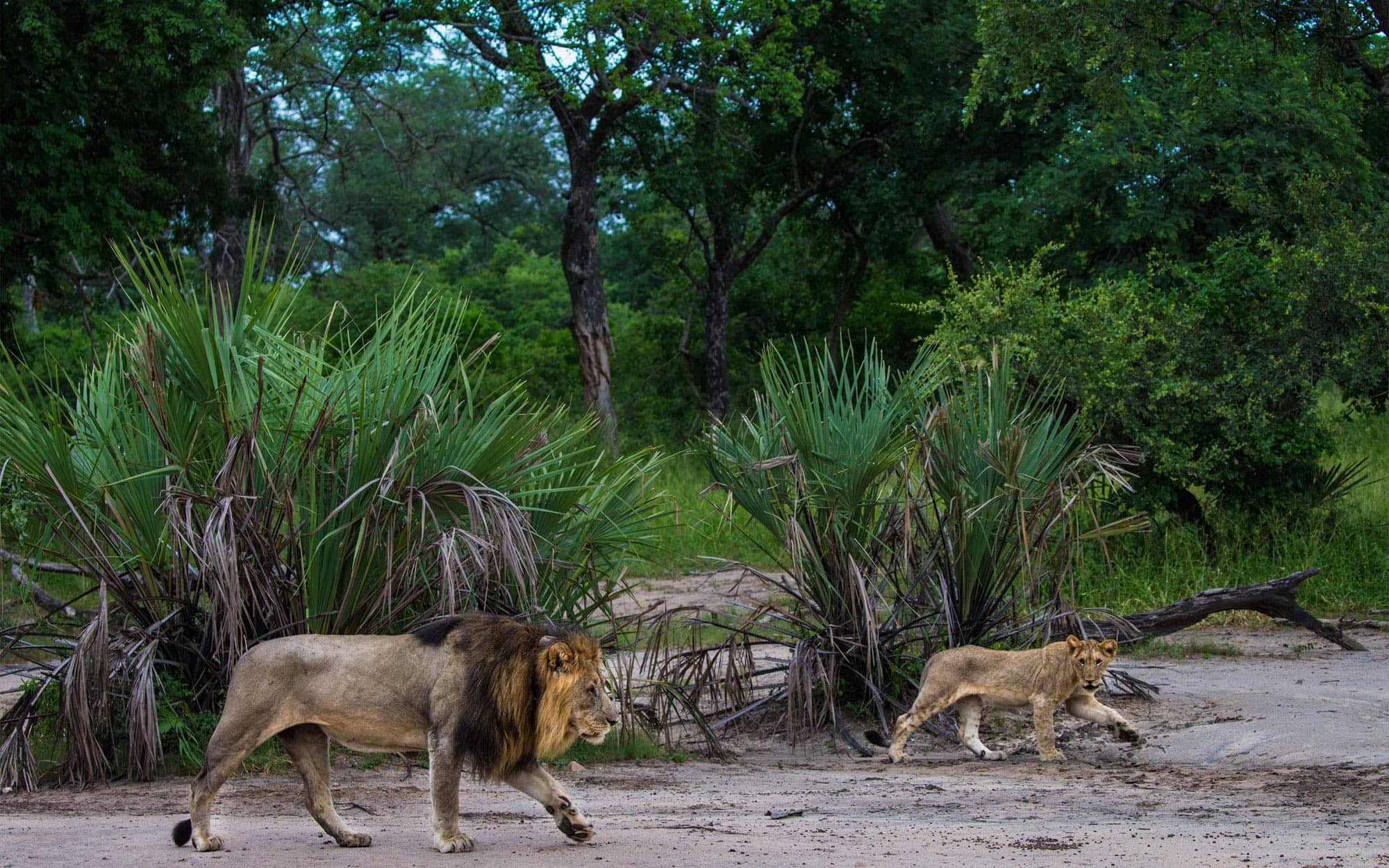
Lions in Malawi are restricted to two regions of the country.
- Liwonde National Park – this park returned the lion after 20 years absence and is a big 5 reserve, while cheetah were returned in 2019 and in 2021 wild dog returned to this reserve as well. The last update on the lions was in 2021, when the lion populatin had grown from the 9 moved, to a total of 13. Provided that they are not bothered by poachers, this population should continue to grow. At 548 square km (211 square miles, this reserve should be able to host perhaps 40 lions, so much space to expand.
- Majete Wildlife Reserve has a thriving lion population (and indeed provided the lions for the reintroduction to Liwonde national park) and as well as housing the big 5, has in recent years, had both cheetah and wild dog return (translocation). It should of course be noted, that both of these species are likely to be pretty rare until they have had time to increase in number. It covers 700 square km (270 square miles) . This reserve currently has 52 lions – which assuming 5 square miles per lion, is very close to carrying capacity (which would be 54). As such, Majete would likely continue to be a prime example of place to translocate lions out of – without this continuing, the lions are likely to start self regulating with more regular fights and males killing males (and if a dominant male is killed, this leads to all the young cubs of the pride dying, along with many of the females who will often defend their cubs to the death).
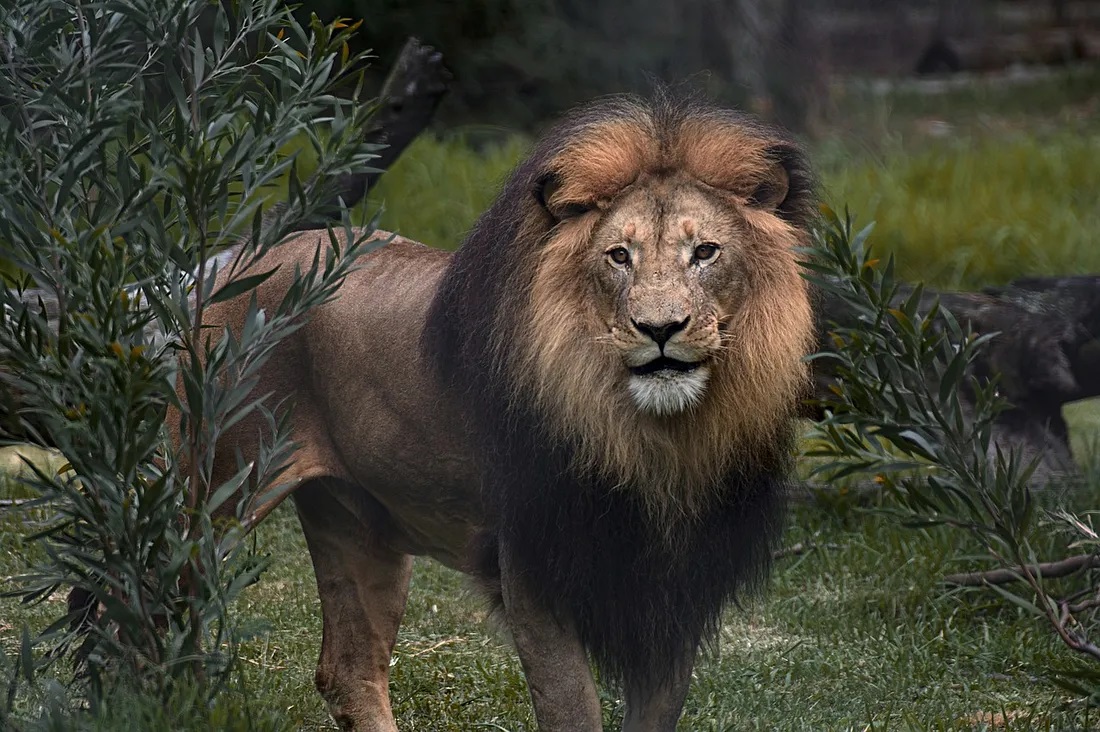
Lions are present in the Democratic Republic of the Congo (DRC), but their population is threatened by human activities. There population is down to 211 from around 1600 in the 1970s. There is definitely space for this population to grow – but these are the current known lion habitats
- Ishasha Valley
The Ishasha River valley is a good place to see lions, hippos, elephants, and buffalo. However, the population of lions in the valley has been reduced by poaching, land invasion, and conflict. The lions in this area are known for their tree-climbing habits.
- Odzala-Kokoua National Park
In the 1990s, this park was considered a lion stronghold, but by 2014, no lions were recorded there, making the population locally extinct.
- Lésio-Louna Reserve
There is physical evidence of lions in this reserve, but there is no estimate of the population density or distribution.
It is not clear, whether the factors that lead to this decline have reduced, but it is thought that generally not. Never-the-less as time goes by, often places are getting better at looking after the wildernesses that remain within its boundaries. Furthermore, it would be really good for the DRC, to be able to offer its many forest safaris, alongside safaris more familiar within eastern Africa.
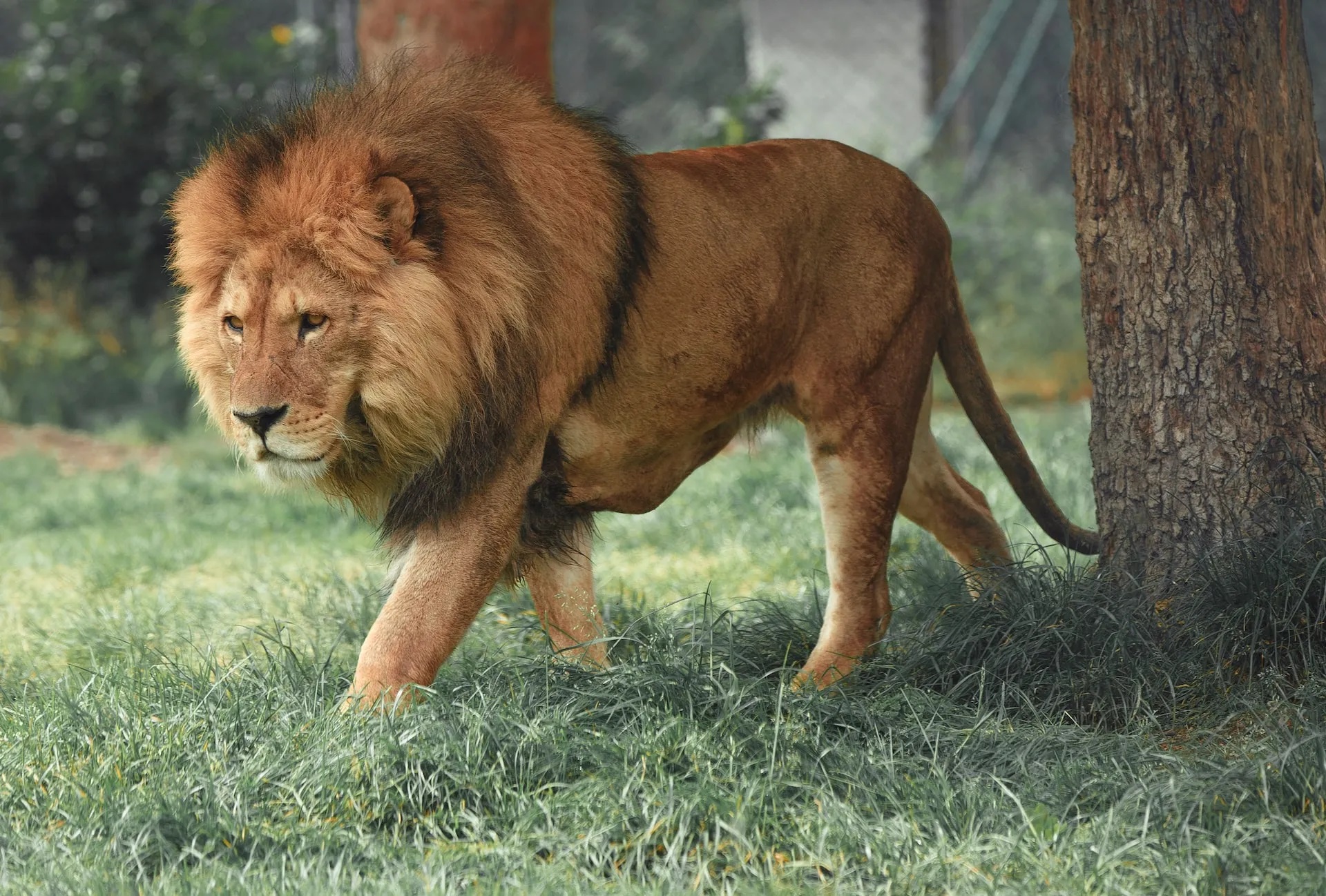
Ethiopia is thought to have roughly 200-300 remaining lions (though there are sources which claim as much as 800 lions). It should be noted, that Ethiopia once hosted a separate subspecies, however, only 8 of these survive and all live in a zoo.
Truly wild lion populations within Ethiopia include
Alatash National Park: In 2016, an international research team led by Oxford University conservationist Hans Bauer discovered a previously unknown lion population in Alatash National Park, which is located near the border with Sudan. The team used camera traps to capture images of lions and footprints, and estimated that there were between 100 and 200 lions in the area.
Kafa biosphere reserve: In southwest Ethiopia, there are around 25 lions in the Kafa biosphere reserve. However, little is known about the lions, including whether they are resident year-round or just migrate through.
Other areas where lions have been spotted include Boma-Gambella, South Omo, Welmel-Genale, Ogaden, and Awash. I have listed them below. I should add, that I have included the number of lions each area claims, however, they cannot possibly be correct, as if you add them up, you get a number of roughly 4000, which would give Ethiopia a lion population second only to Tanzania
Awash Valley and Gambella areas: These areas have seen an increase in human-lion conflict and retaliatory killings by local communities.
Boma-Gambella: This area has a population estimate of 500 lions.
South Omo: This area has a population estimate of 200 lions.
Welmel-Genale: This area has a population estimate of 100 lions.
Ogaden: This area has a population estimate of 100 lions.
Bale: This area has a population estimate of 2,373 lions. This is highly questionable. The park is 2200 square km (850 square miles) and even with an average density of one lion for every 5 square miles, this would require of over 10,000 square miles of unprotected land to be protected. It should be noted, that these lion are famous as the black maned lions. The largely recognized figure, is around 50 lions in this area.
Nechisar: This area has a population estimate of 1,030 lions. This is also completely rubbish, as the park is only around 400 square miles, and it is thought that its carrying capacity is roughly 23. Only 4 lions have been visually identified.
This does not suggest that lions within Ethiopia are particularly secure, but they are clearly better than a range of other places. We dont currently list any of these places to visit, but are eager to in the future – if you work in out of these areas do get in touch.
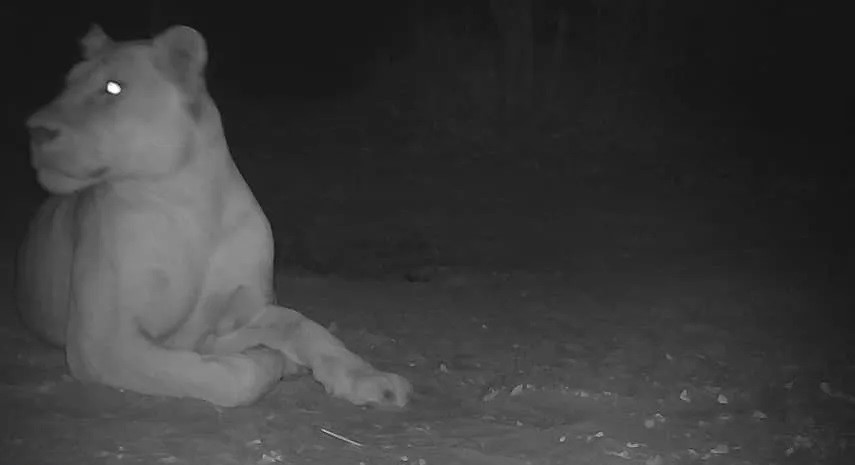
Chad is thought to have a wild lion population of roughly 200.
Sena Oura national park was in the news in the recent past, for a lion being seen for the first time in 20 years (click here to read our article on this news from the time).
Zakouma National Park is home to popular predators including a more significant lion population, as well as hyenas and leopard, but also large herds of central African savannah buffalo, elephant, and endemic species such as the pale fox and the kordofan giraffe.
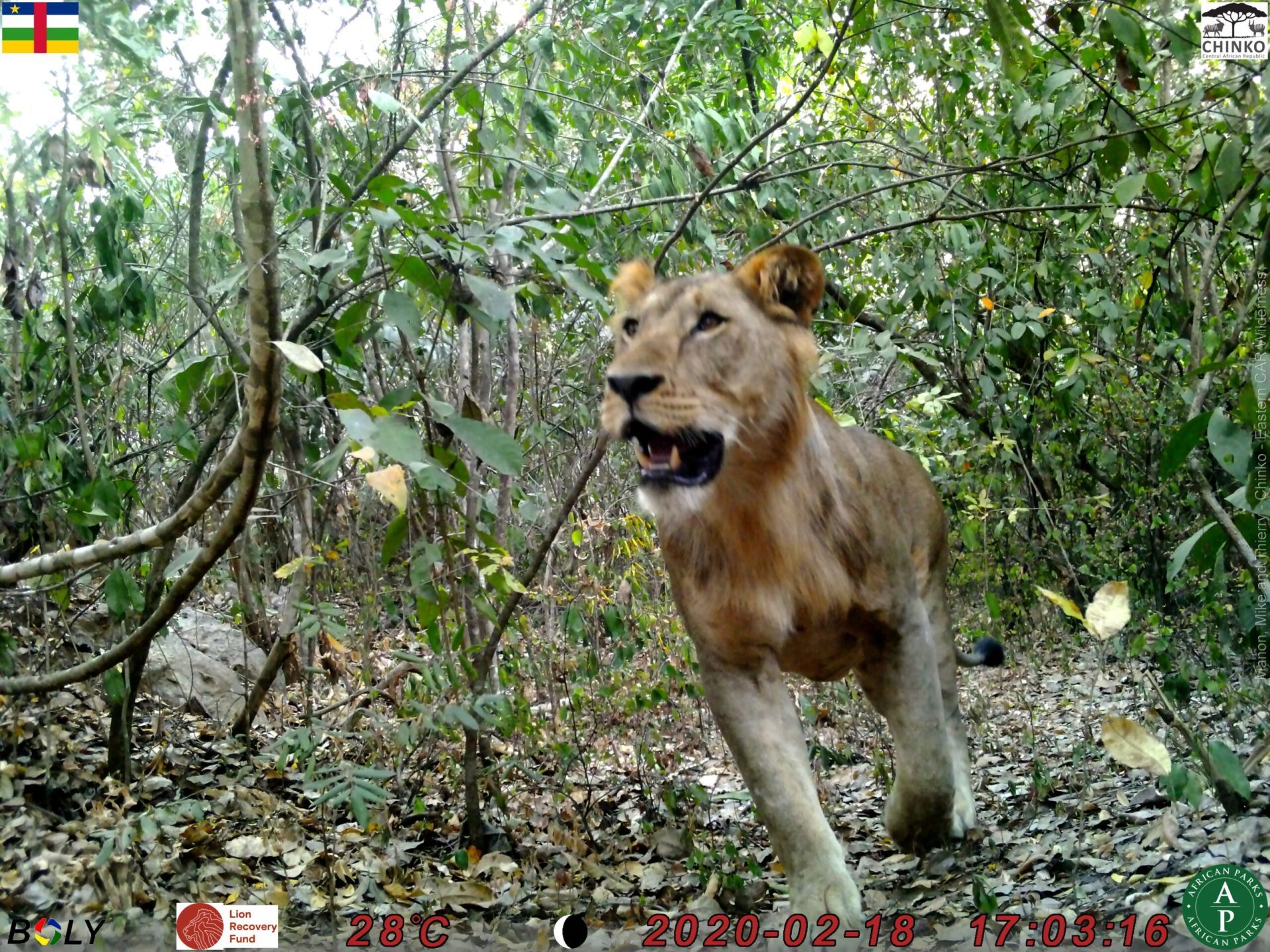
The central African republic has an estimated 50 lions remaining, with 30 residing in the Chinko Nature Reserve.
Other reserves claiming wild lions in the country (population estimates have to be taken with a large pinch of salt, as various reserves claim healthy lion population, which would dwarf the whole country population – still, I hope to add these destinations in the future) include:
- Bamingui-Bangoran National Park and Biosphere Reserve – claims to still have lion, though if there was a healthy population within this reserve, it could dwarf the population estimates for the whole country. I cannot find infomation to say etiher way.
- Manovo-Gounda St. Floris National Park – assessments and reports from as early as 1997 suggest that this park lost its lions (and black rhino) this long ago.
- Awakaba National Park
- Aouk Aoukale
- Yata Ngaya
- Nana Barya
- Zemongo Faunal Reserves
- Several hunting reserve (while lions may well be hunted in these reserves, it is not going to be officially sanctioned, as the lion here cannot be hunted sustainably.
The wild dog is thought to have become locally extinct in Cameroon in recent years
Medicinal use in wild great apes – a new study shows how many
- Tim
- November 12, 2024
It would appear that chimpanzee medicine is quite a complicated field.
- Christella parasitica: A fern with anti-inflammatory properties that one chimp...
One of the four remaining viable west African Lion habitat has been badly treated but perhaps it is now on the mend.
- Tim
- May 22, 2022
West African lions are heavily endangered with just 400 members remaining. While the west African population of the Asiatic lion is less at risk than the Gir forest population -...
Back in the early 1800s the North African wolf was defined as a separate species, why did this wild canid get redefined as a golden jackal?
- Tim
- October 16, 2020
Back in 2015 genetic analysis prove conclusively that a strange looking type of golden jackal in North Africa was actually and African wolf. Genetic analysis shows that is descended around...
The loss of wild dogs from the Serengeti – and their return
- Tim
- March 12, 2018
 Image source Burrard-Lucas Photography Before 1992, as well as the Lions and Cheetah, there were huge packs of African Wild Dog (also called African Hunting Dogs) that would follow the...
Image source Burrard-Lucas Photography Before 1992, as well as the Lions and Cheetah, there were huge packs of African Wild Dog (also called African Hunting Dogs) that would follow the...Transfrontier parks – allowing wildlife to exist closer to how it did before humans arrived
- Tim
- February 10, 2018
Review of Kruger National Park
- Tim
- January 6, 2018
- Size [usr 4.5]
- Facilities [usr 5]
- Range of animals [usr 5]
- Road quality [usr 4.5]
- Wildness [usr 3.5]
Birds of prey populations across Africa are collapsing
- Tim
- April 13, 2024
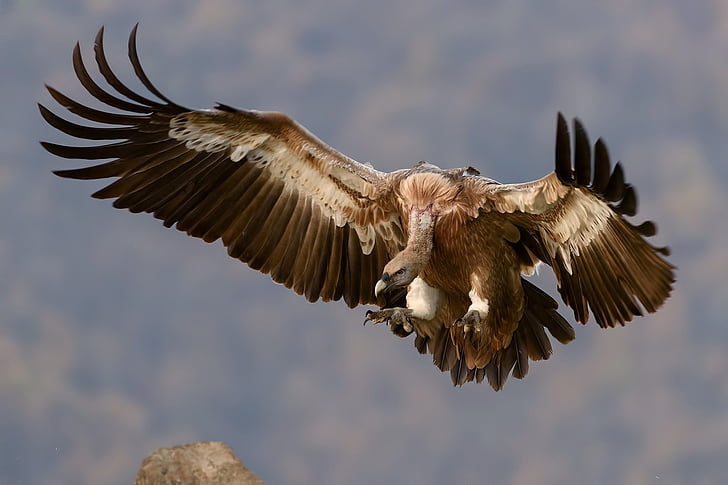
Why are these birds having population collapse?
- Martial eagle
- Bateleur eagle
- Dark chanting goshawk
are all disappearing rapidly. Indeed, a study of 42 species, 90% had seen significant declines, with...
Species watch
- Tim
- May 11, 2022
I am intending to make this into a new set of articles that will appear on this website. Obviously, these species will not be the only ones that are covered...
Fears for the Masai Mara
- Tim
- July 26, 2020
There are many wild places of great note around the world. While a large number of these are hugely remote, and therefore protected by the difficulty of reaching them, some...
More than 60 lions have been shot by British citizens in the last few years-since the death of Cecil
- Tim
- July 4, 2020
in 2015 the world was in uproar when a dentist from the States went to South Africa and shot a lion.T he shooting of lions is not unusual in South...

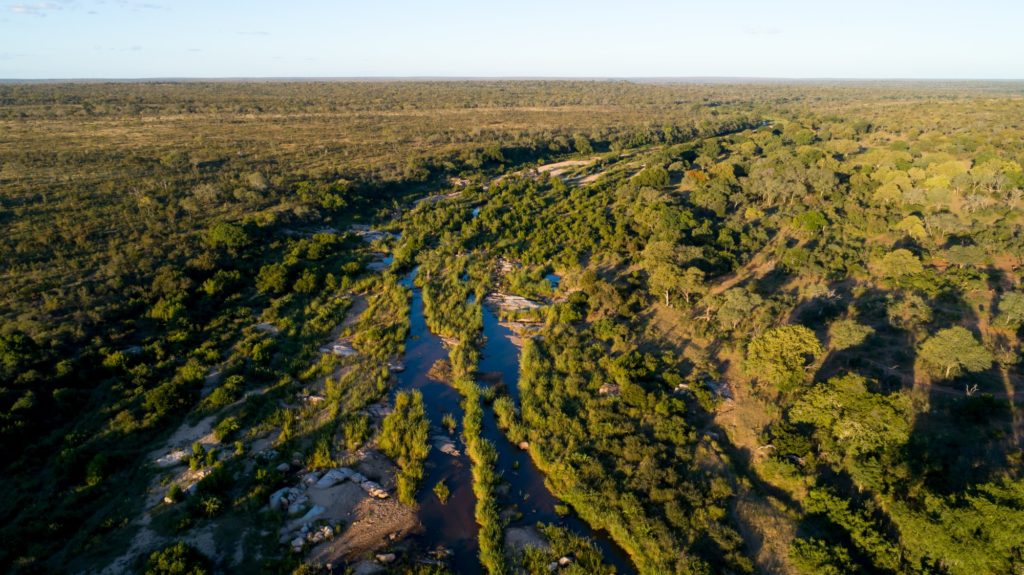
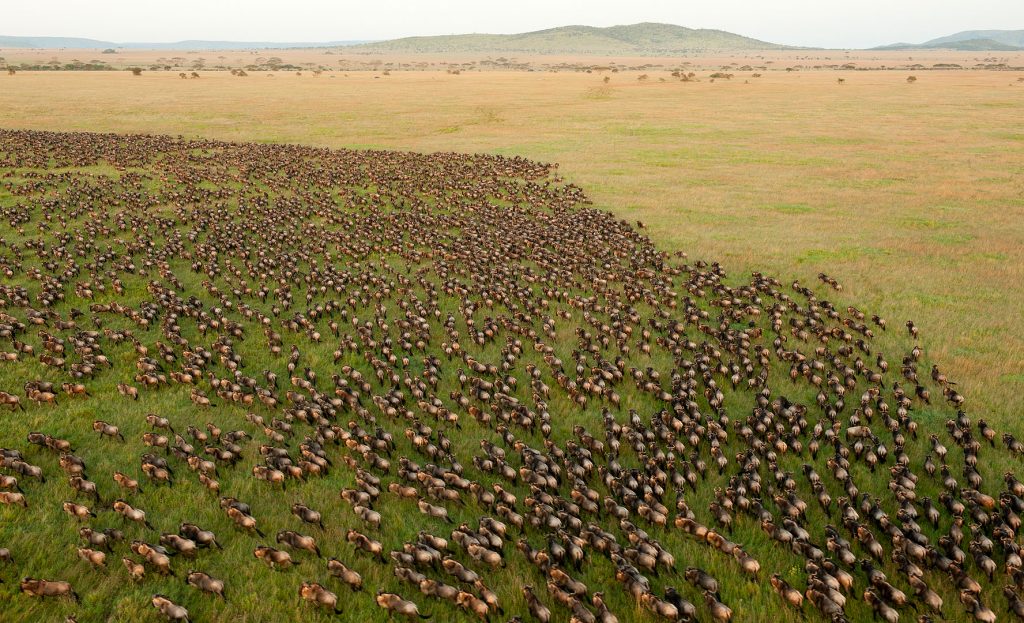
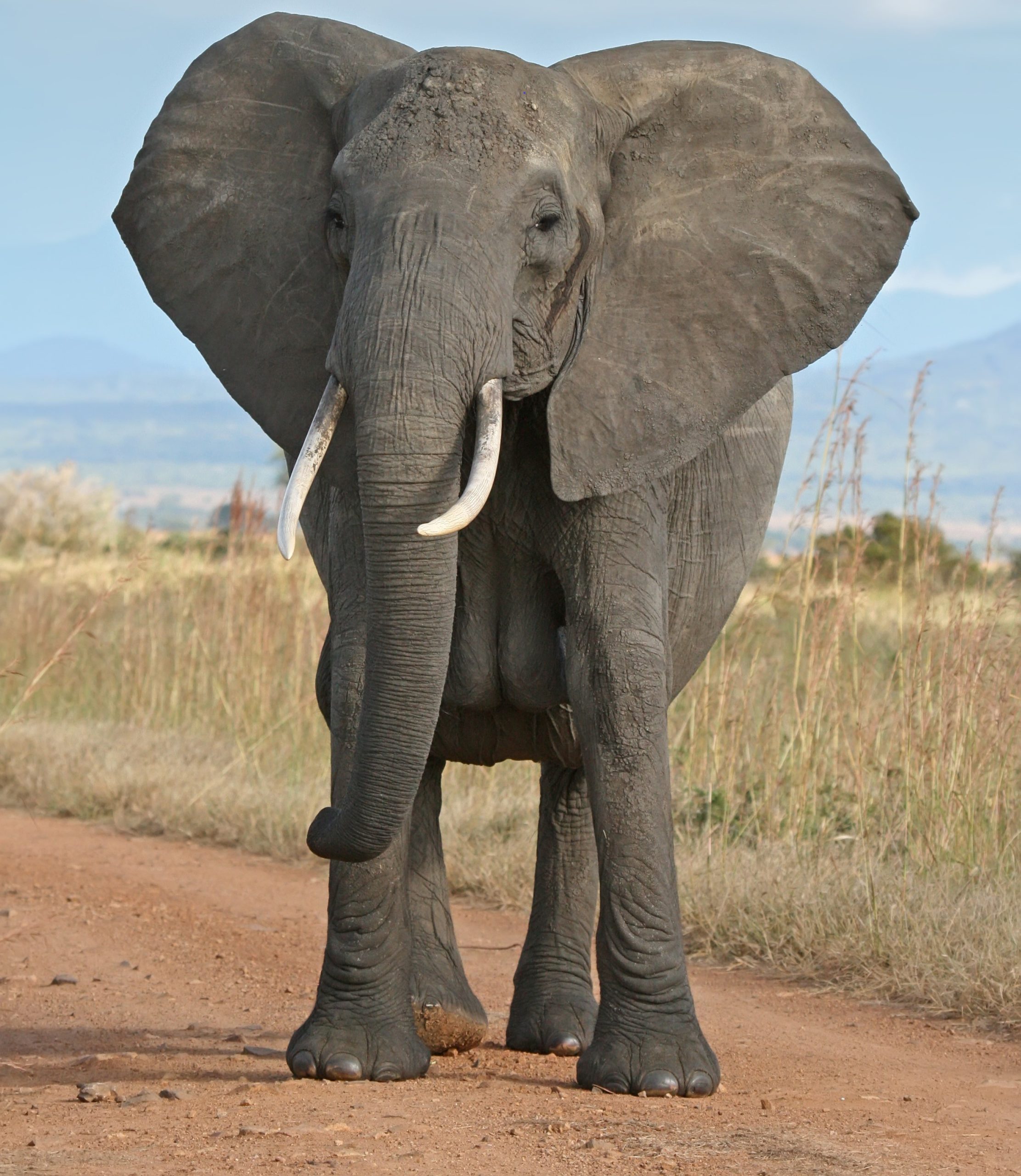
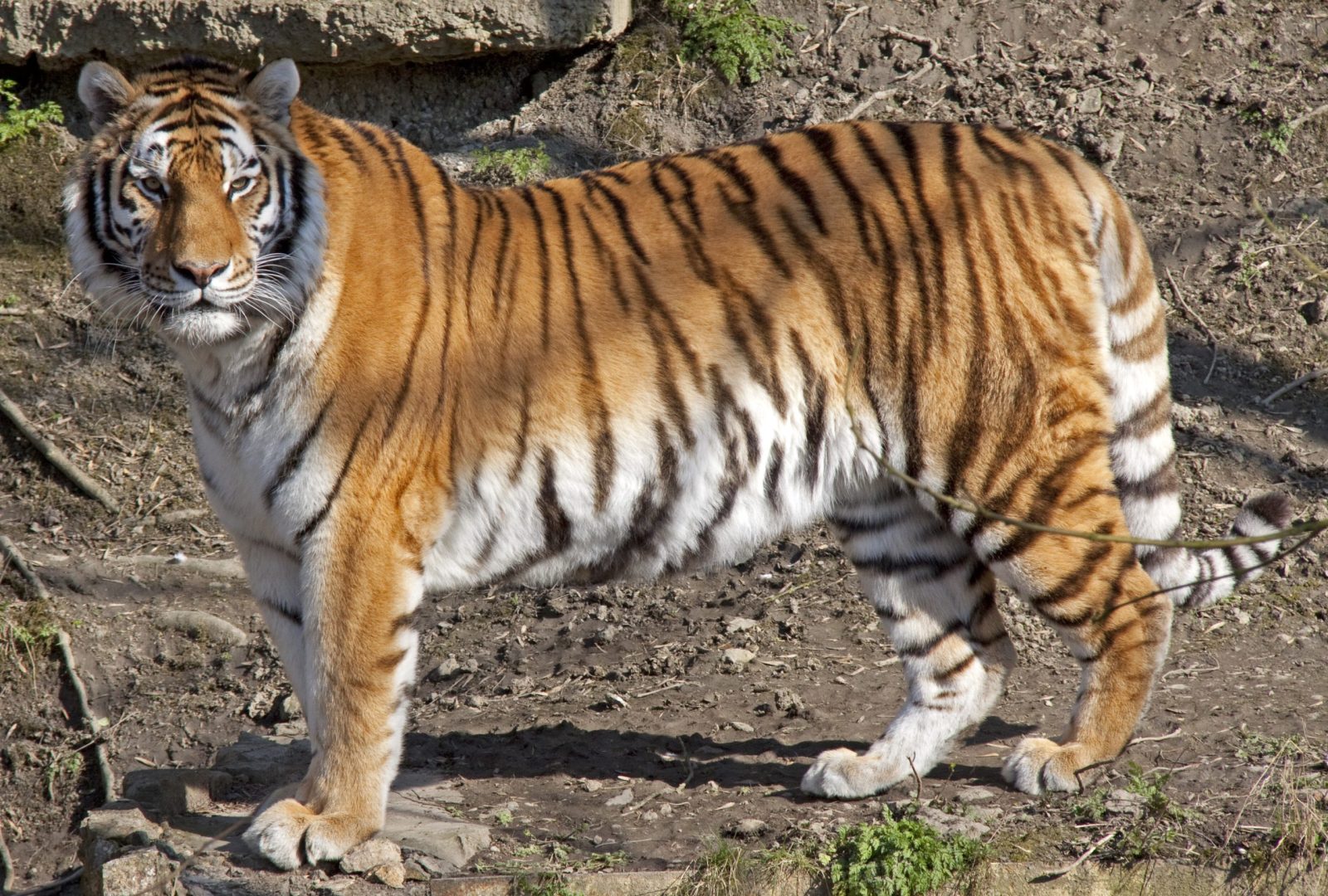
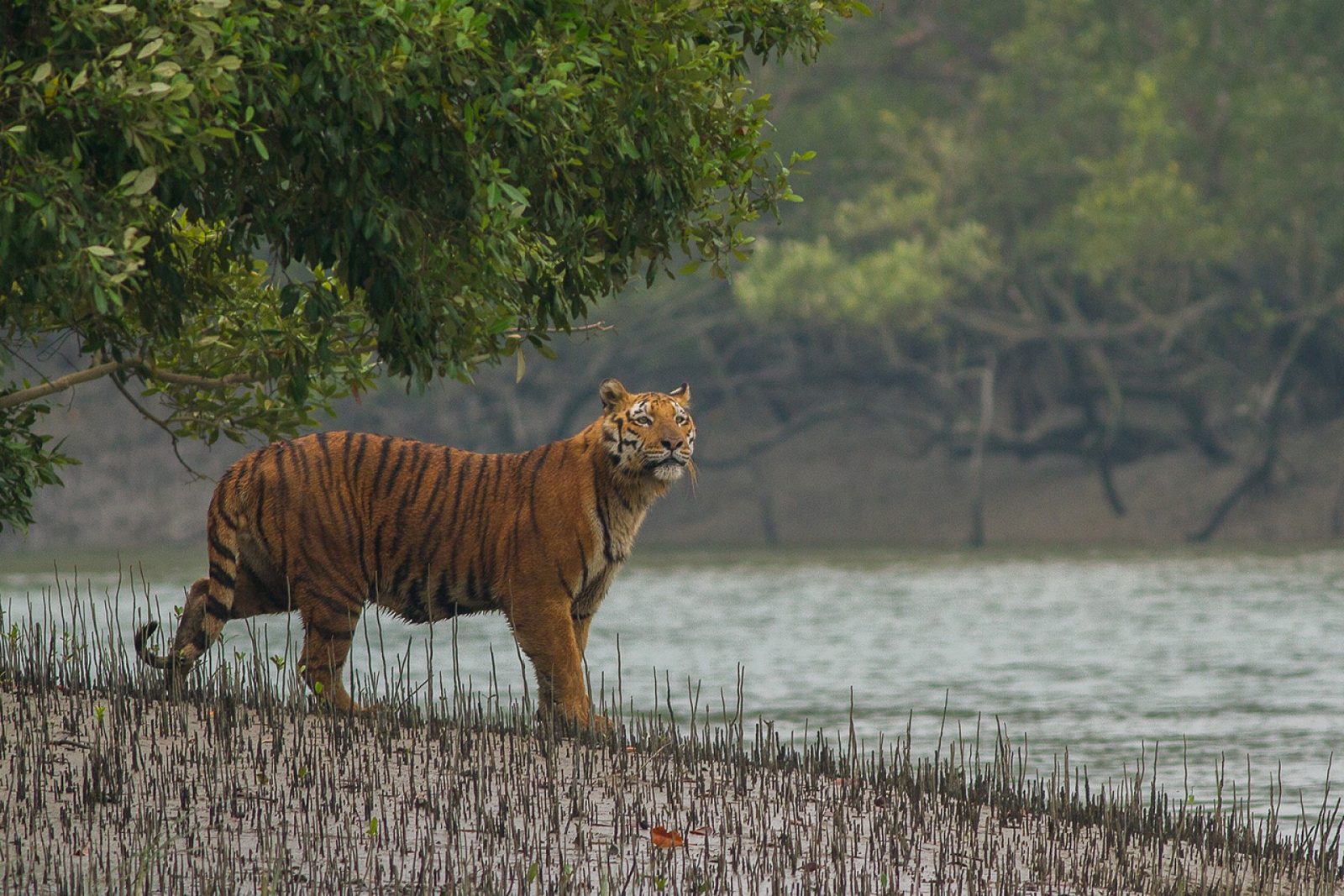
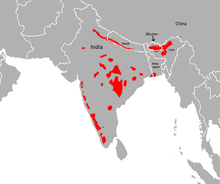 The country with the most tigers is India, hosting around 70% of the remaining tigers, or a little over 3000. However, this is down from 100,000 in 1900. In 2006 the Indian tiger population was as low as just 1411 – there are individual reserves in Africa with more lions in than this number. Given that there are 54 tiger reserves in India, that leaves an average population of just 30 per reserve – translocation will be required to maintain genetically healthy tigers. Formerly working on pug-marks, counting has been replaced with photo identification, as pug marks were overestimating the population (Simlipal reserve in Orissa state claimed 101 tigers in 2004, yet in 2010 a photo count stated 61, and this is thought a a huge over estimate, as the same state government claims just 45 tigers across the state. Sariska and Panna reserves in India are worse with the government having to admit that there are no tigers left (2 reserves of at least 5 so called tiger reserves with none left).
The country with the most tigers is India, hosting around 70% of the remaining tigers, or a little over 3000. However, this is down from 100,000 in 1900. In 2006 the Indian tiger population was as low as just 1411 – there are individual reserves in Africa with more lions in than this number. Given that there are 54 tiger reserves in India, that leaves an average population of just 30 per reserve – translocation will be required to maintain genetically healthy tigers. Formerly working on pug-marks, counting has been replaced with photo identification, as pug marks were overestimating the population (Simlipal reserve in Orissa state claimed 101 tigers in 2004, yet in 2010 a photo count stated 61, and this is thought a a huge over estimate, as the same state government claims just 45 tigers across the state. Sariska and Panna reserves in India are worse with the government having to admit that there are no tigers left (2 reserves of at least 5 so called tiger reserves with none left). 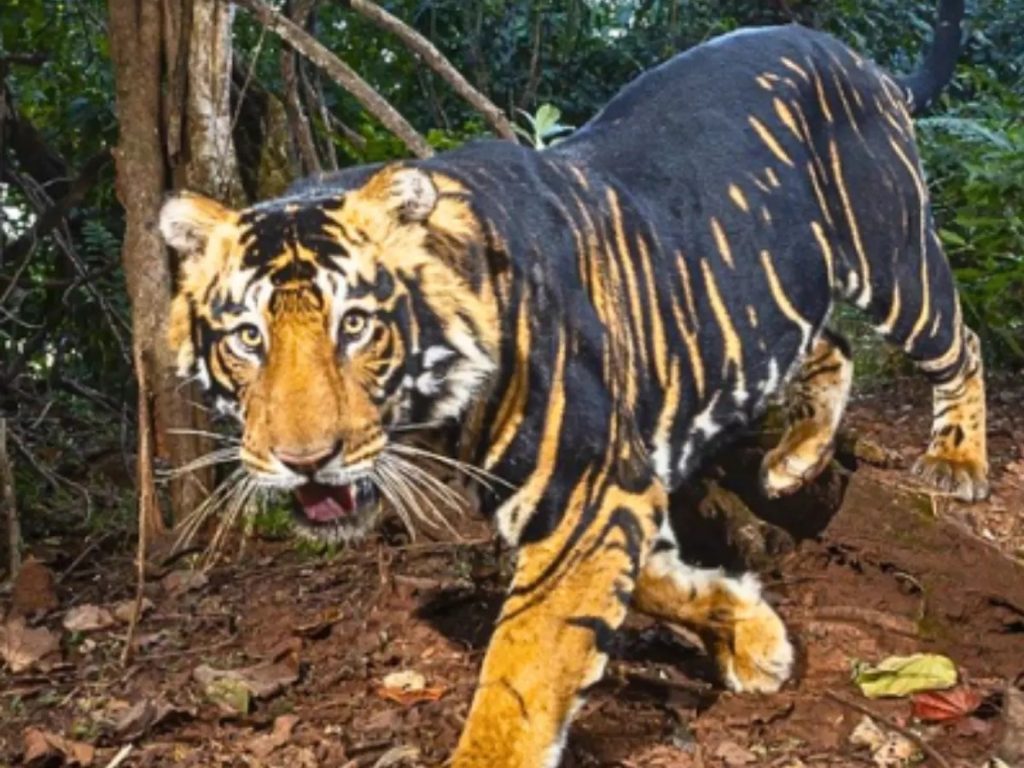

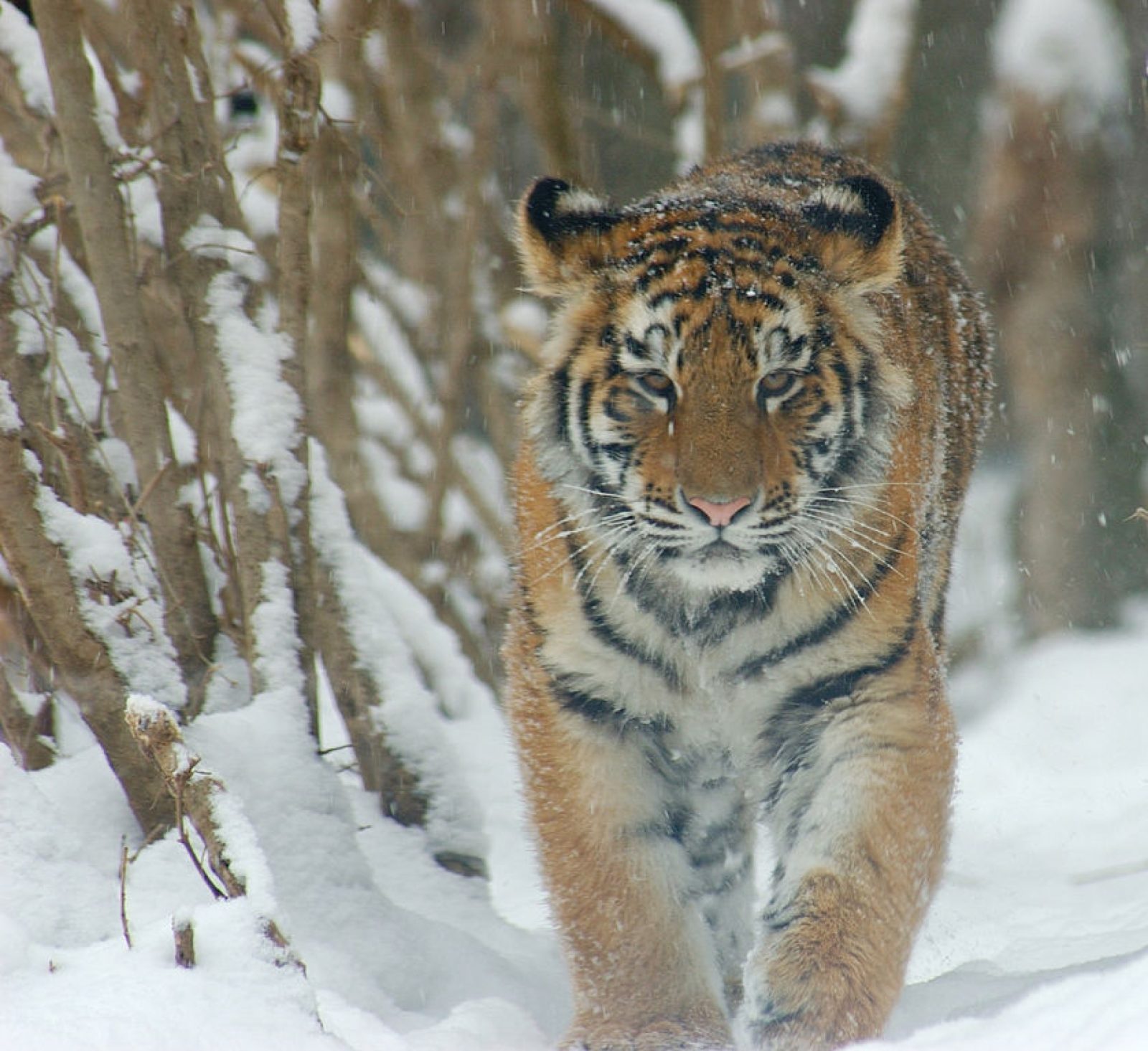
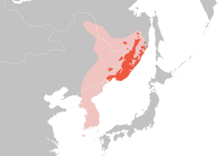 Russia hosts one of the hardest tigers to see. However, there are now around 500 Amur tigers roaming the remote far east of Russia, up from less than 40 in the 1940s, this population has also had great gains.
Russia hosts one of the hardest tigers to see. However, there are now around 500 Amur tigers roaming the remote far east of Russia, up from less than 40 in the 1940s, this population has also had great gains. 